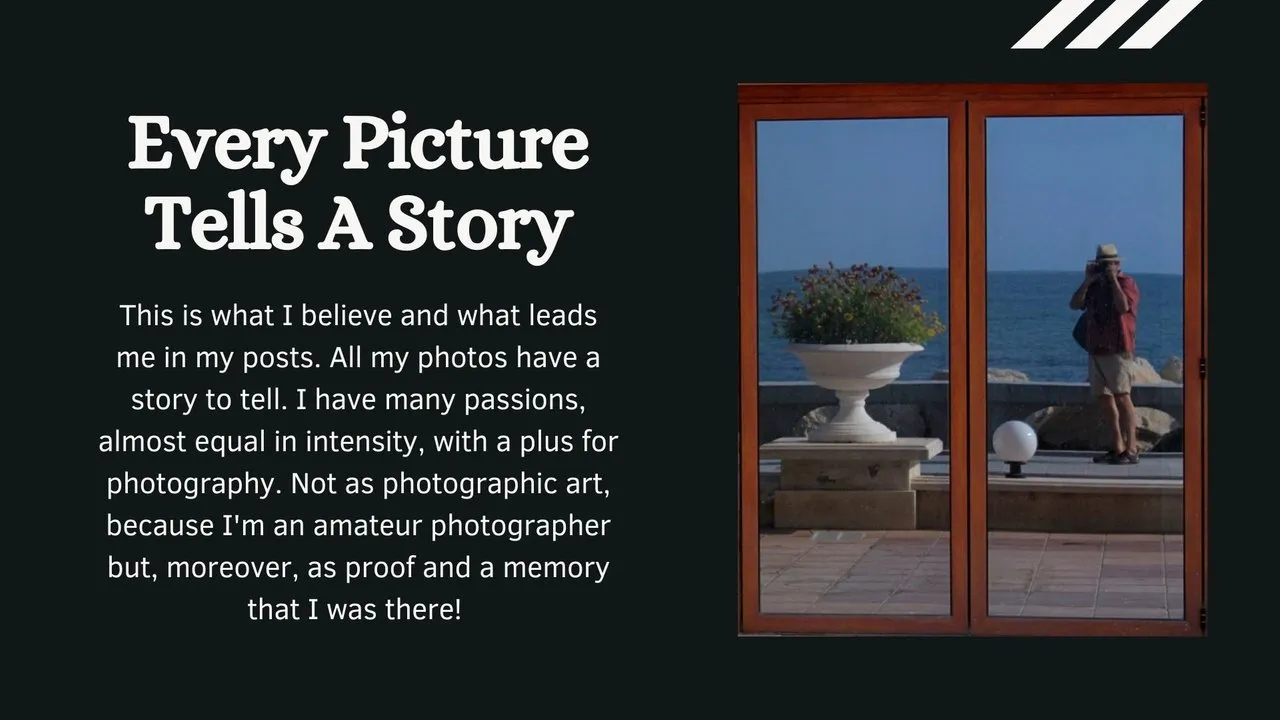A journey in the northwest of Romania, in the northern part of the Transylvanian plateau. One of the last trips before the pandemic closed the doors to tourism. For us it wasn't exactly tourism, it was a trip to the past, to the authentic countryside, to the countryside that is on the verge of extinction in Europe.
Now villages are more and more like cities even in a less modernized country like mine. This trip took us to a more isolated and sparsely populated area...
In fact, our trip was aimed at Garboul-Dejului, a very small and isolated village, 15 km from Dej. That's where my wife was born and raised, in Garboul-Dejului and in Dej. We make a trip there every two or three years for remembrance. For the lost childhood. My wife still looks for it in the gardens and woods near the village.
Before arriving in Garboul-Dejului, we made a stop to visit the Nicula Monastery, which was featured in this post: New church architecture - Nicula Monastery
and the town of Dej, described here: Travel in Northern Transylvania
Garboul-Dejului, an almost abandoned village
The village can be reached on foot, by cart, by car from Cuzdrioara, which is a village stretched along the road coming from Cluj and heading towards the city of Bistrita. These are some landmarks to reach the village, for those who want to.
Garboul-Dejului is a very old village, it is documented in 1315. It was an important and populated village in the past but after the end of the Second World War, after Romania switched to socialism-communism and started an accelerated process of collectivization (i.e. the land of the peasants was confiscated and a forced association was made, and the result of the work was taken by the state, the peasants were left with very few products, just enough not to starve). Because of this, most peasants left the village and went to the many construction sites of the country. It was the time when socialism was being built in Romania.

The village now has about 80 inhabitants. In recent years more and more residents of nearby towns have bought land and built holiday or retirement homes. I was not interested in the new houses, I wanted to see the old houses, the houses where the grandparents and my wife's parents lived. These houses are mostly abandoned and in an advanced state of decay. There is no one to take care of them anymore.
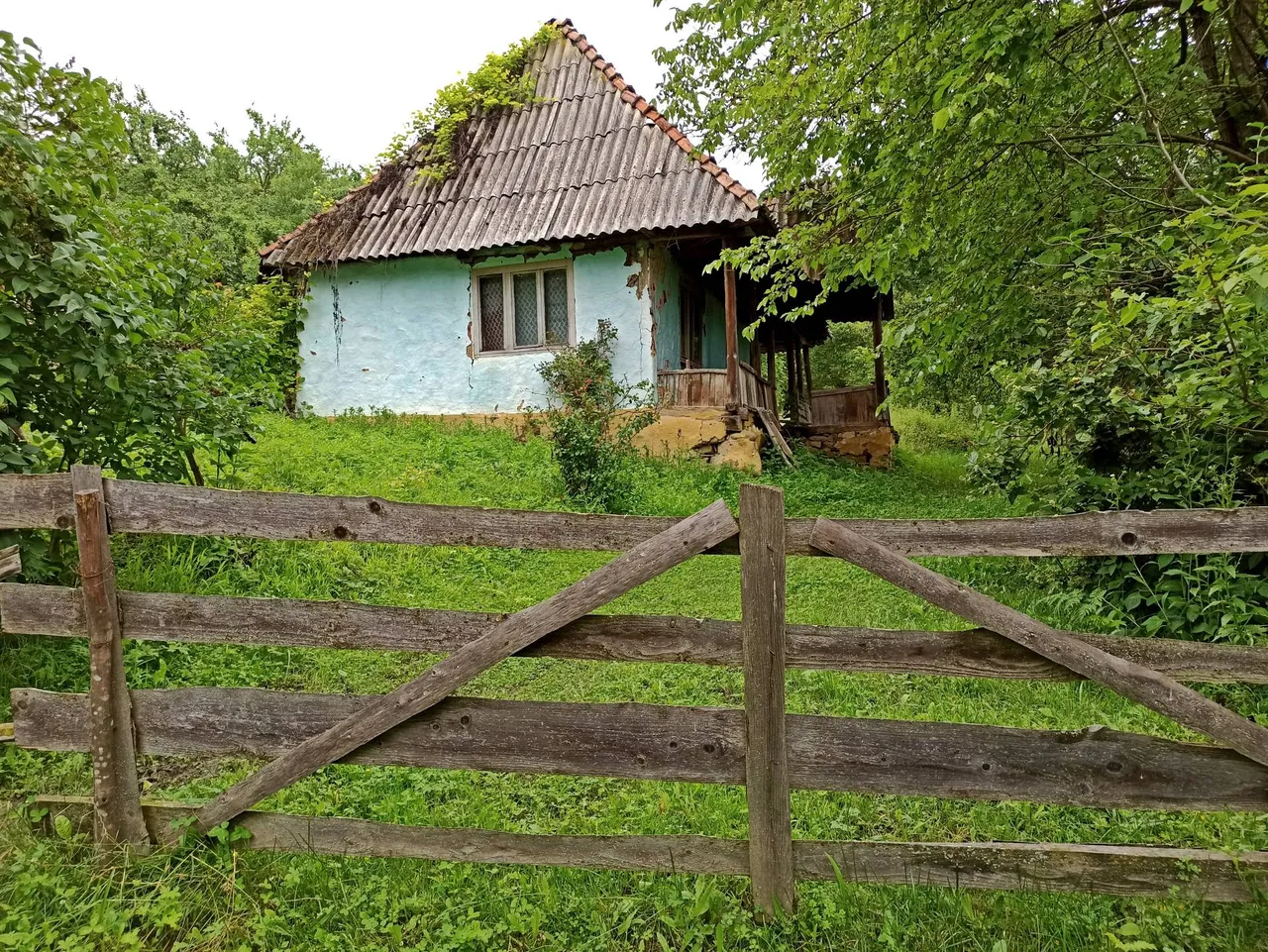

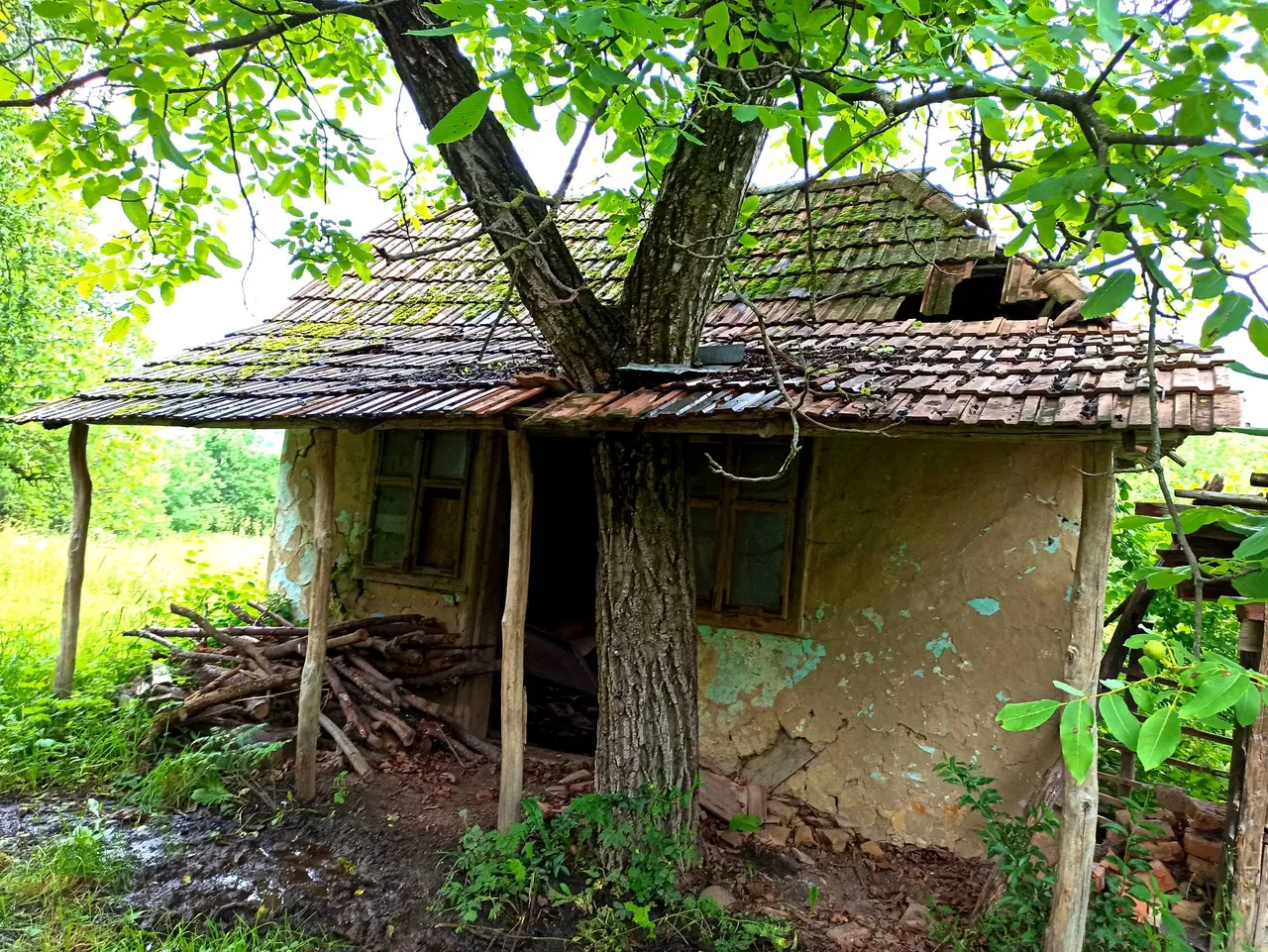
These houses remind me of the Village Museum, but a much more realistic and real museum. Generations of people have lived in these small houses. Small house but big garden. Because they mostly worked outside in the garden.
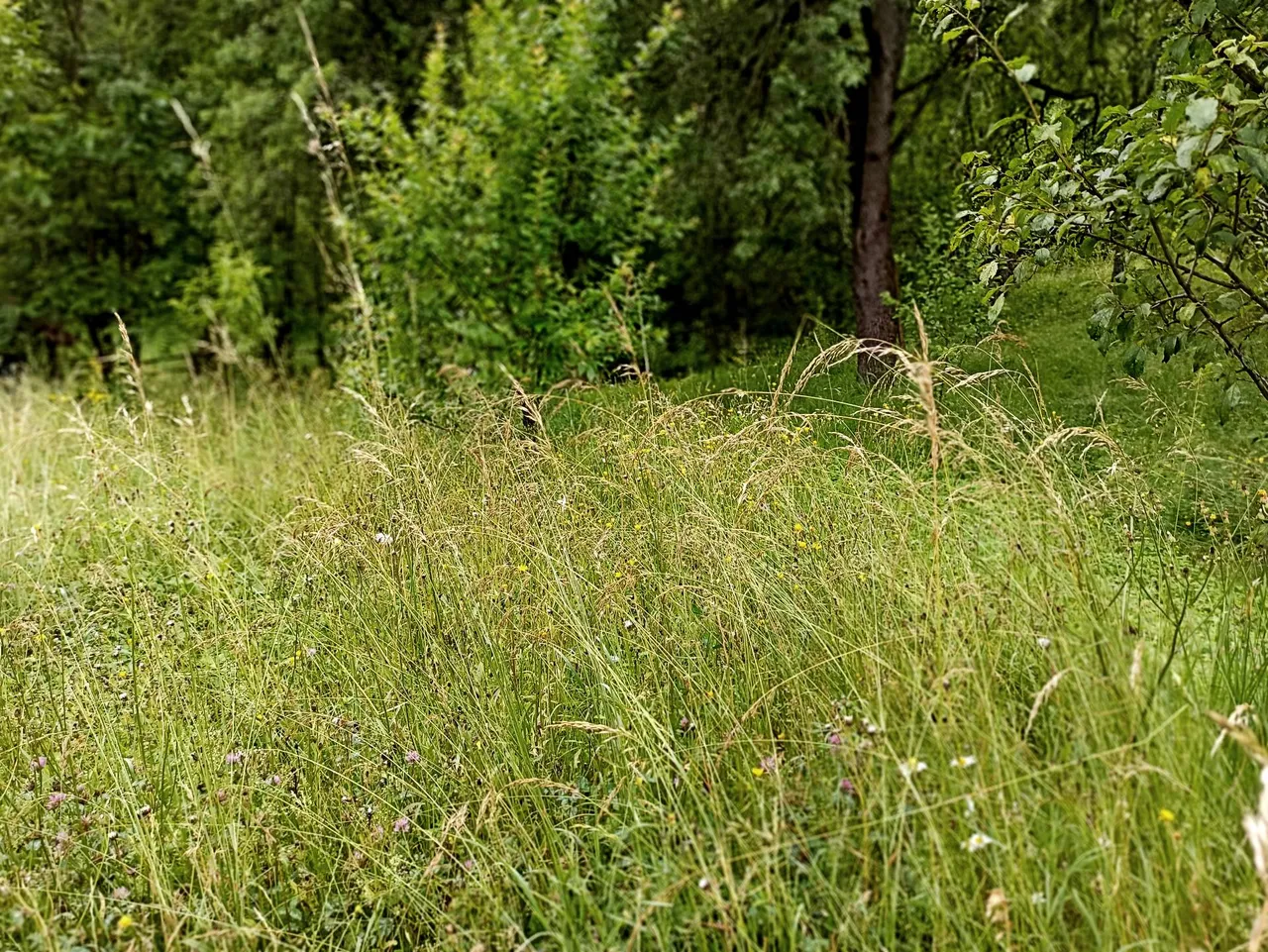
In the garden where they collected grass for the animals and fruit from the trees.
A central place in village life is occupied by the church. The old church from the seventeenth century is the most important monument. It is declared a historical monument. It is where my wife went every Sunday as a child with her parents. That's why she was most emotional when we got there.
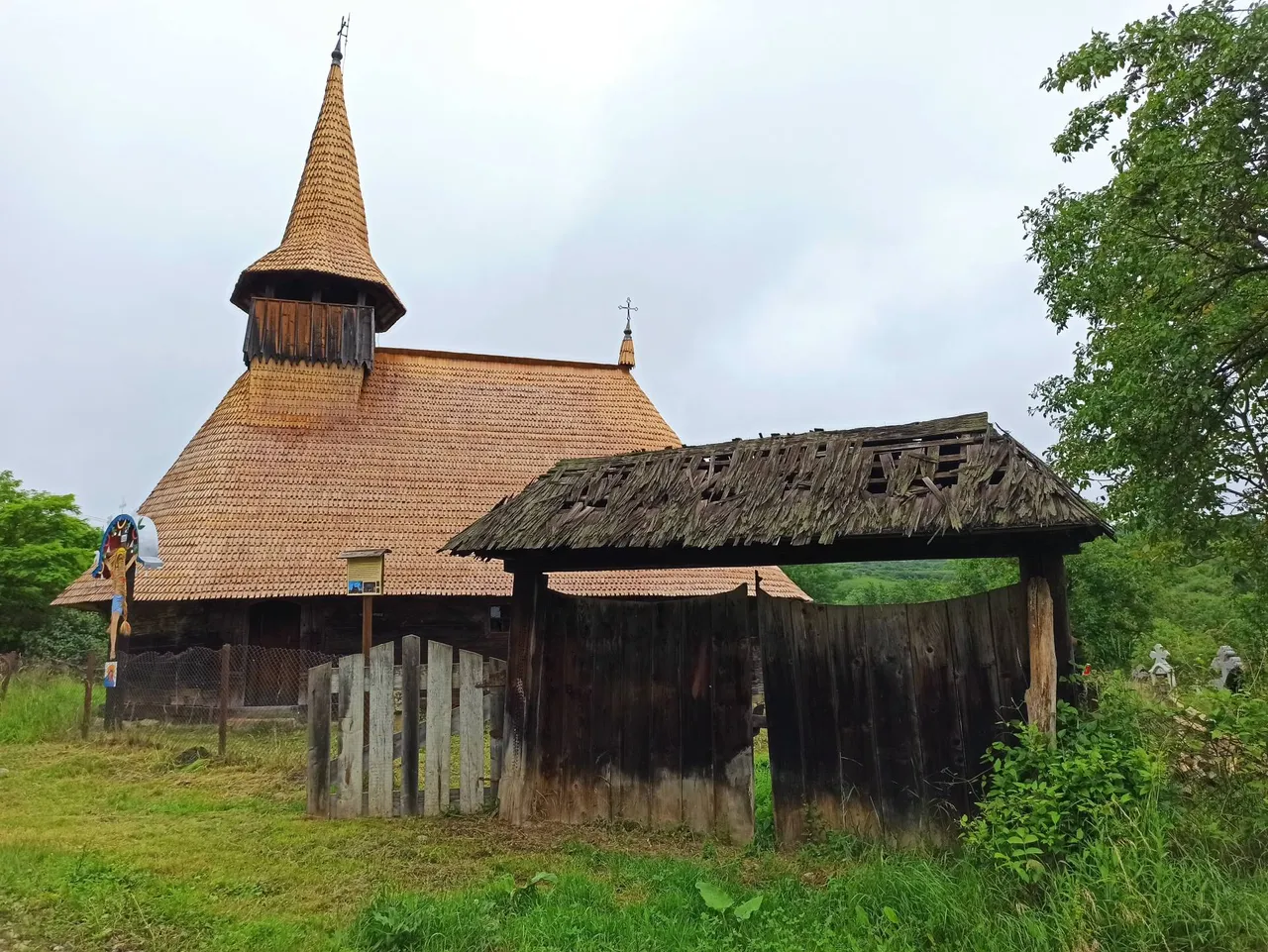
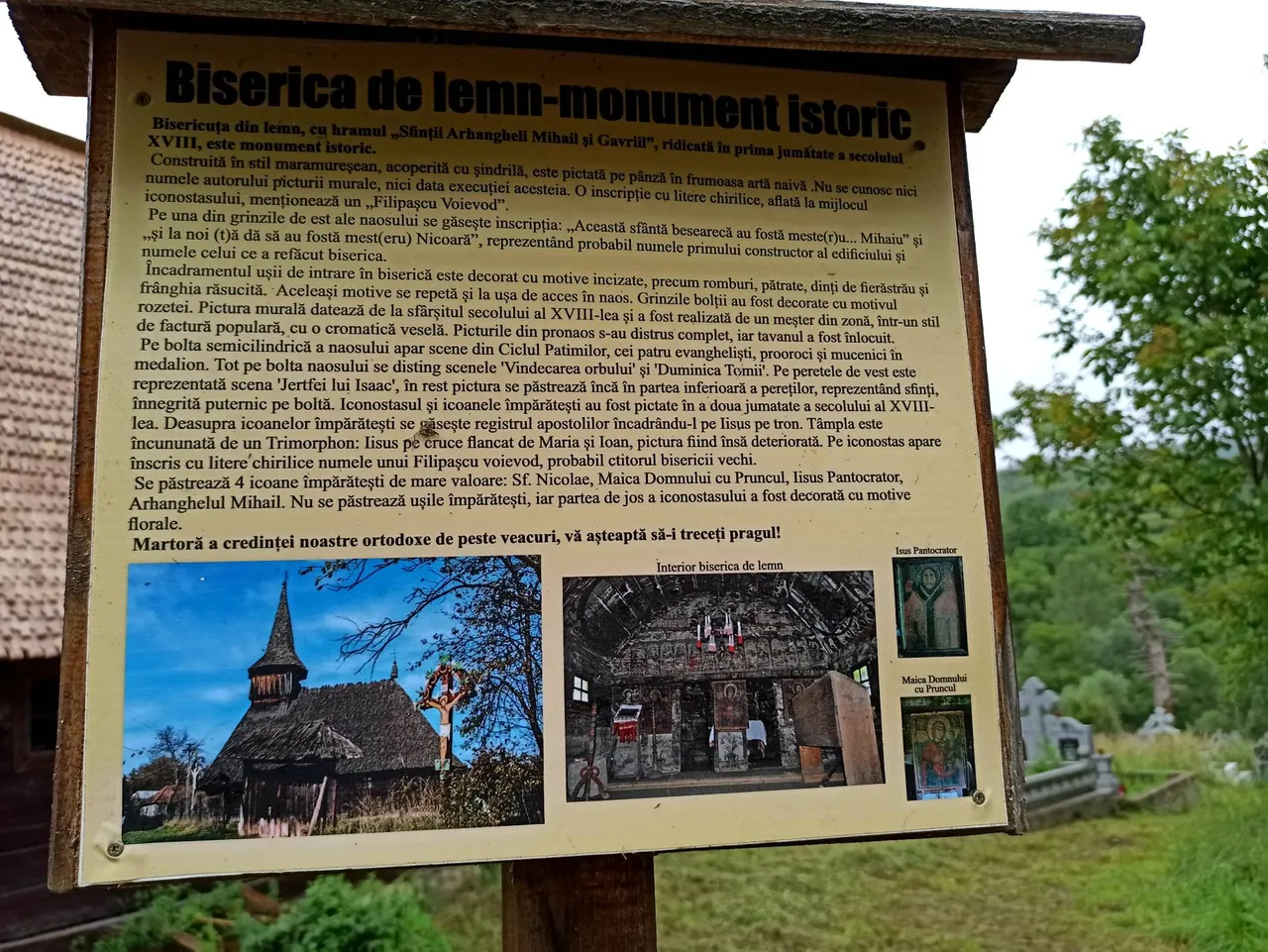
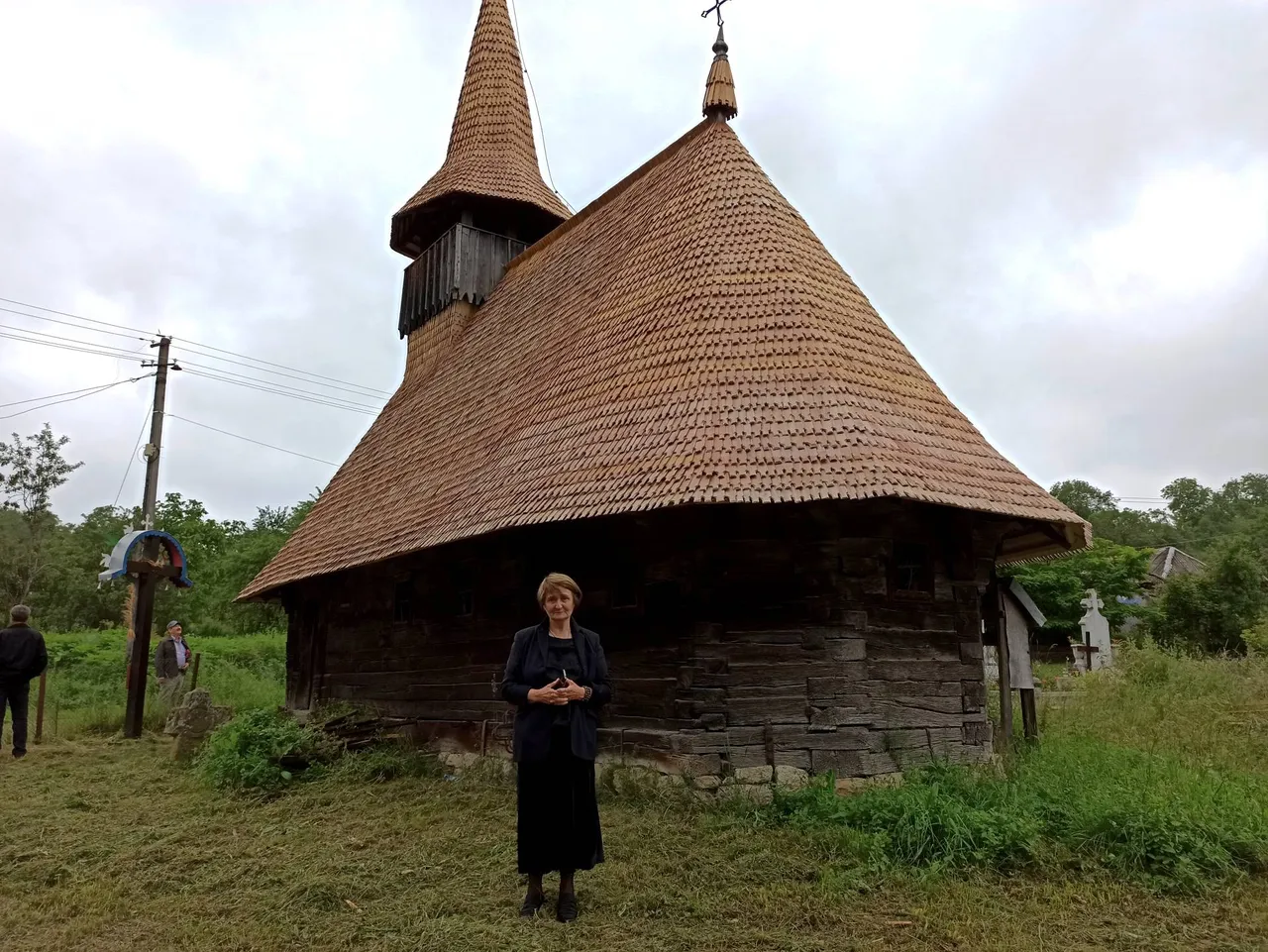
I liked the cemetery most of all. Basically a field with big grass and old crosses scattered about. I find it the most romantic cemetery, the best place for eternal rest.
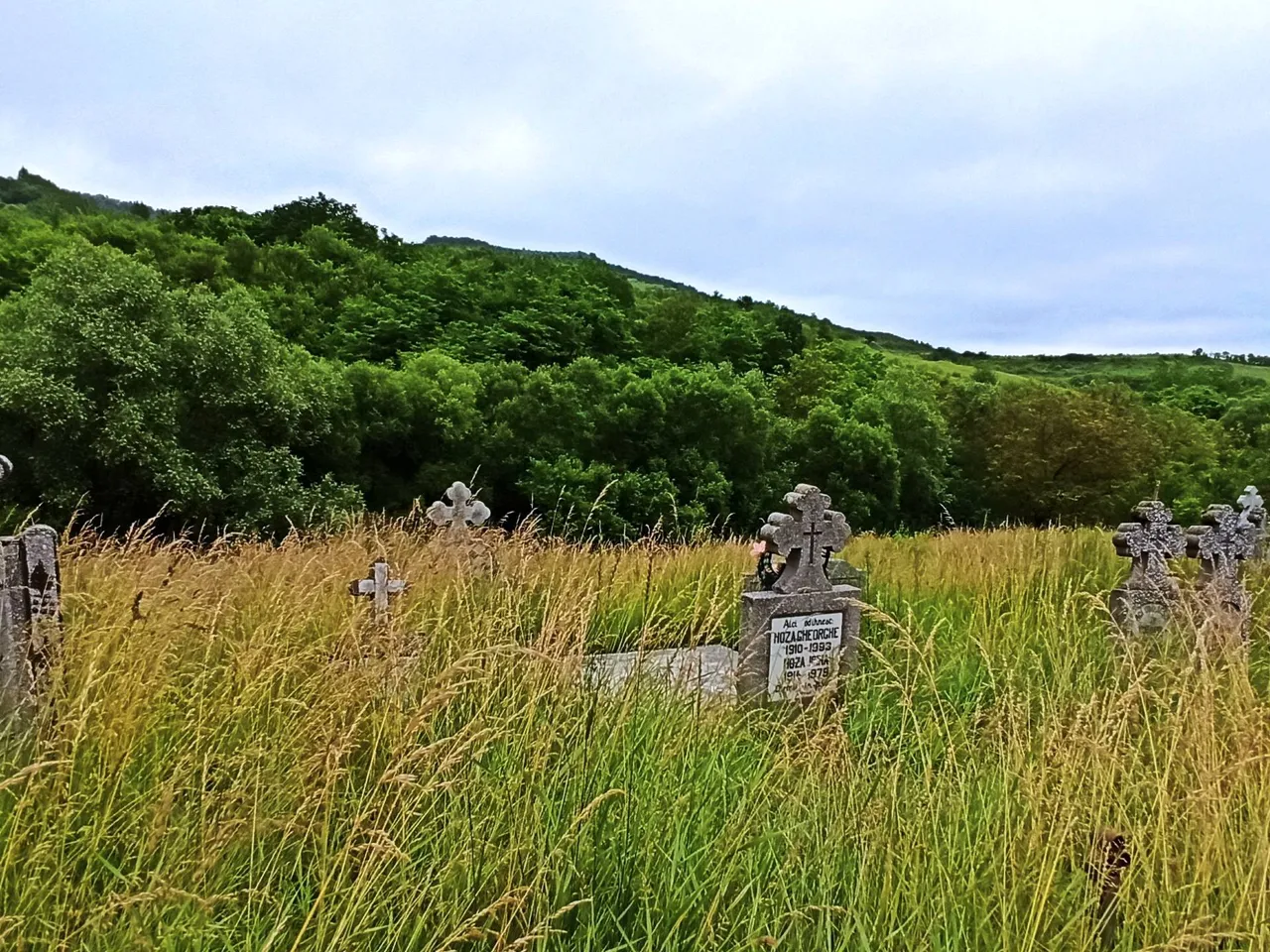
Because we talked about peace and quiet, this is the reason why this village is visited by many people who want to see how it used to be. They are not interested in tourist attractions, they want to forget for a few hours the city crowds, the heat, the dust, and the grey color of the buildings. They want a green cure...
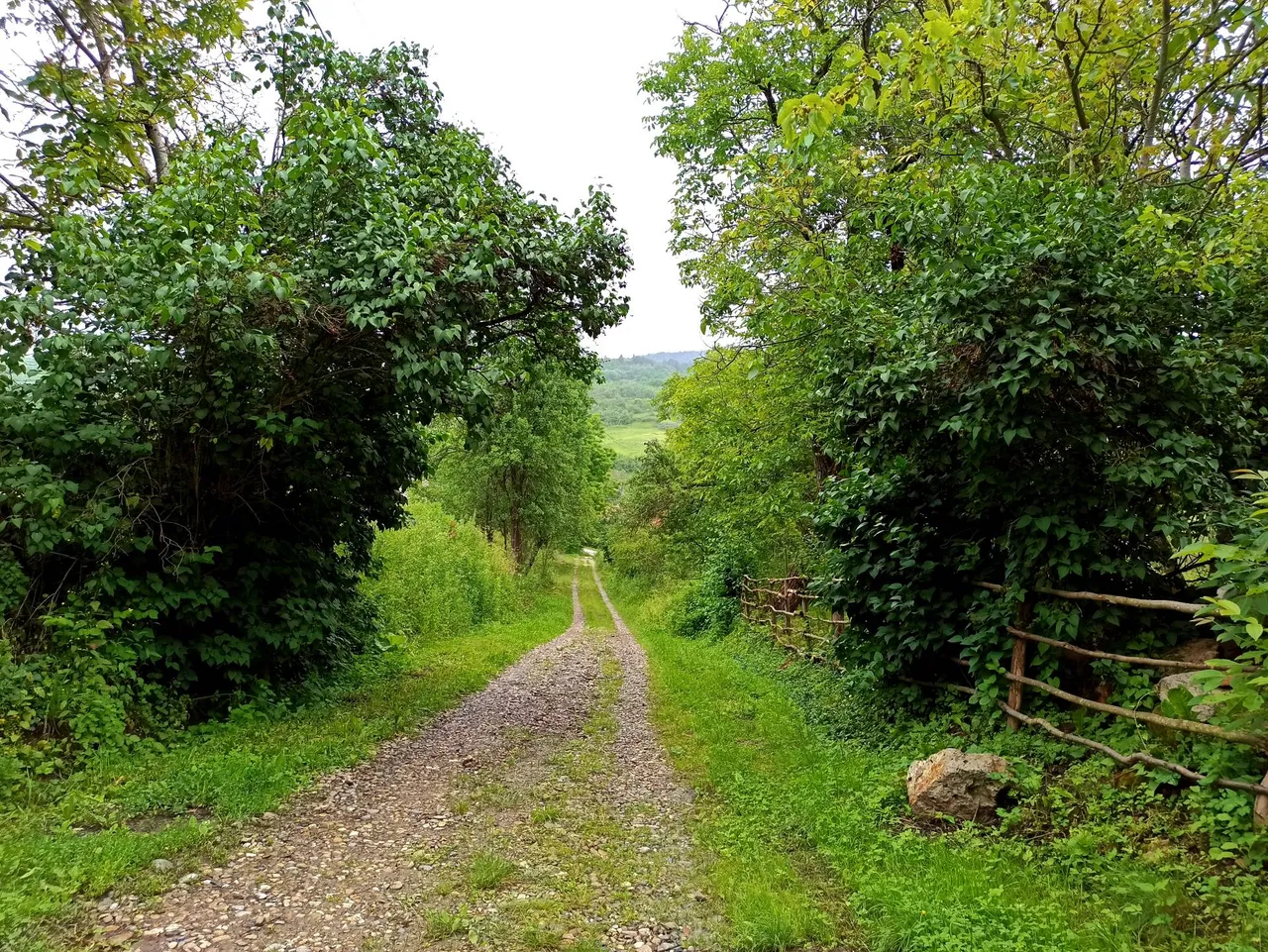
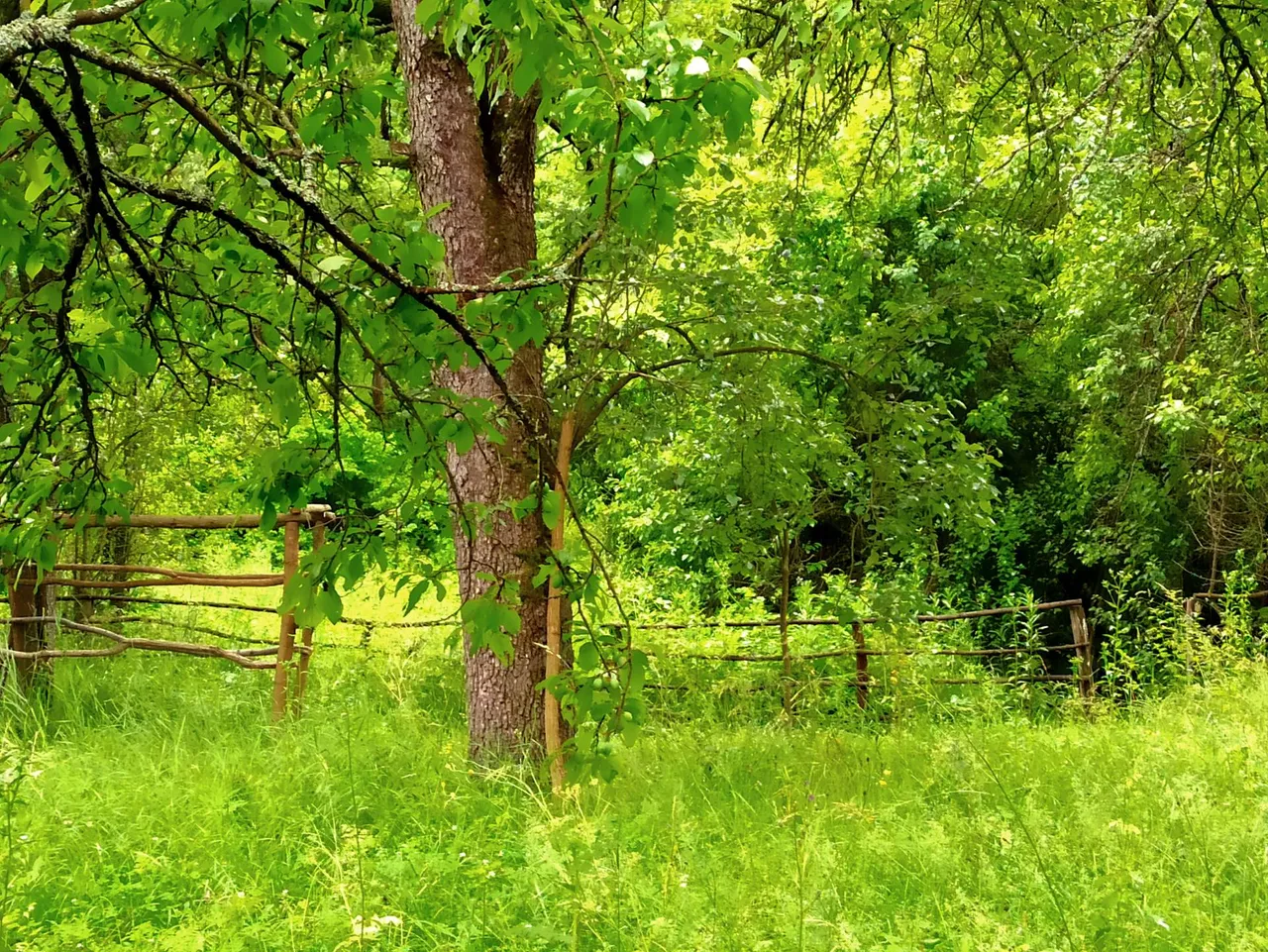

There's something else that attracts people here. The hospitality of the inhabitants, simple and true hospitality. You are invited into the house and you are invited to eat with them. Simple but tasty food.
We stayed with my wife's relative. I was treated the same as everyone who comes to visit the village. With an aperitif, here it is customary to start the meal with something sweet (cakes, pastries) and a glass of horinca. Horinca is a kind of vodka, only it is made from plums or other fruits (apples, pears, quinces...). It is extraordinarily strong and only the trained are able to drink it.
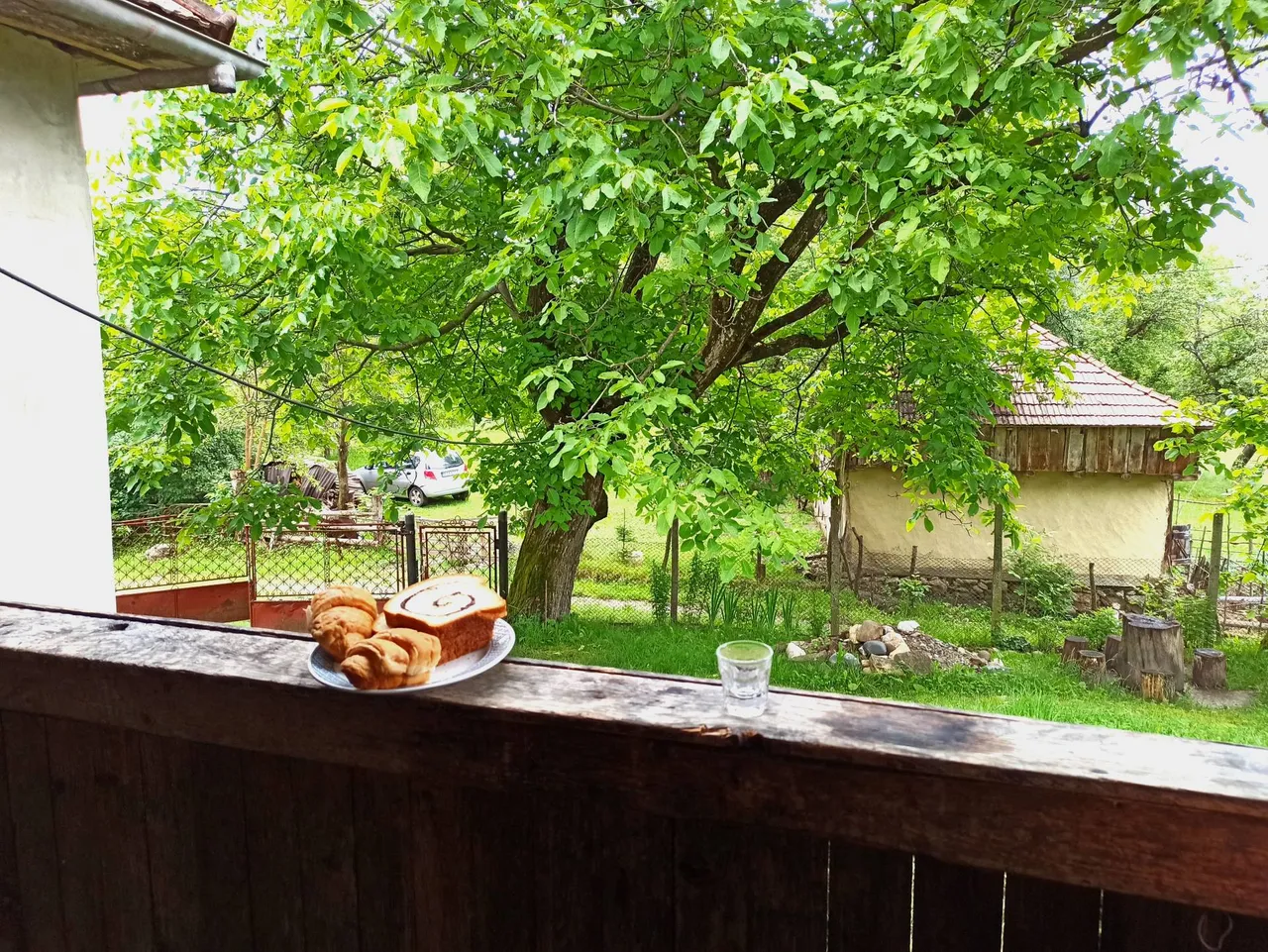
Everyday food. Cheese, sour cream, polenta, mushroom stew with sour cream.
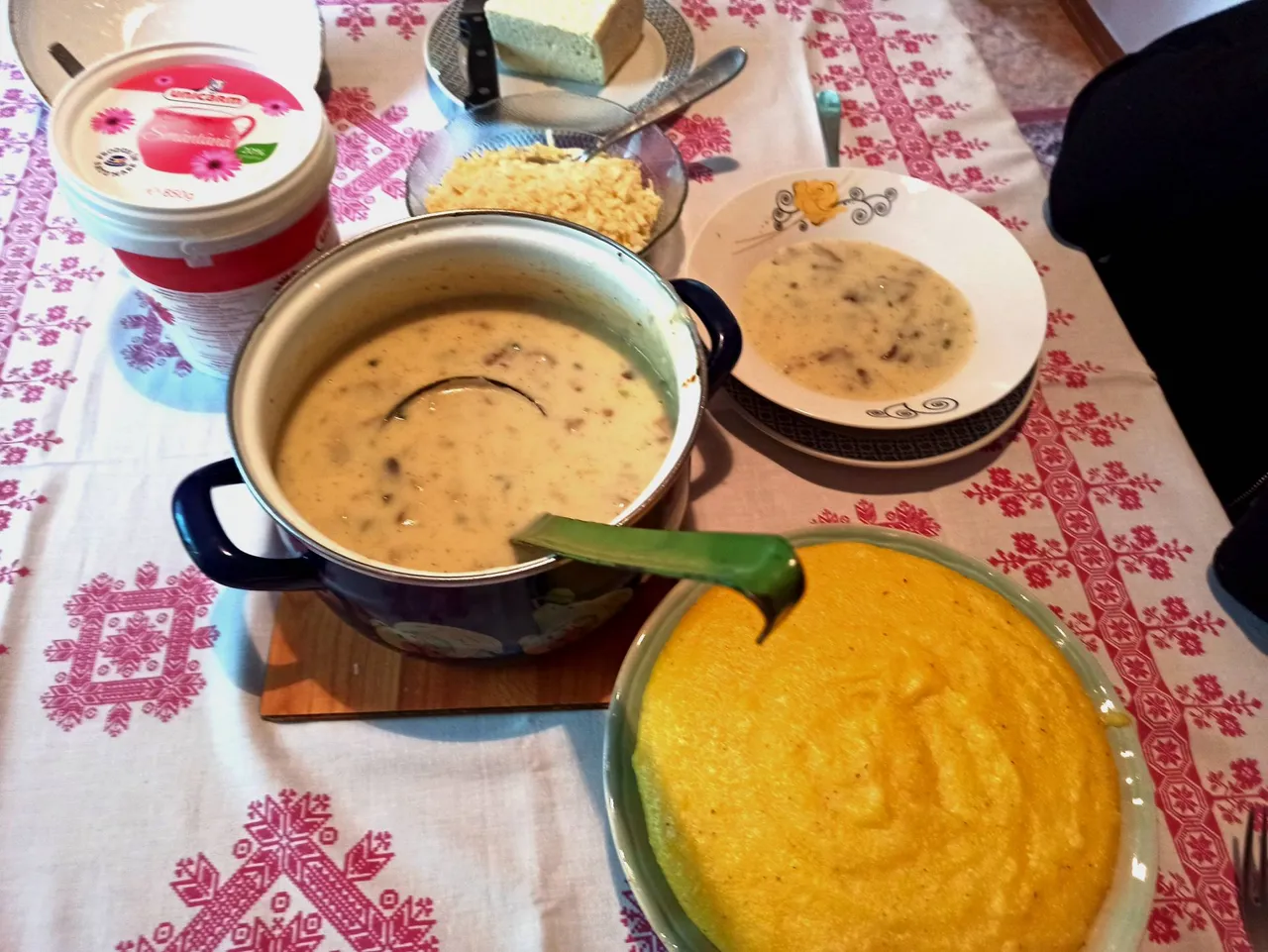
For sleeping, you get their best room, the front room, as the villagers call it. It's a room waiting for guests.
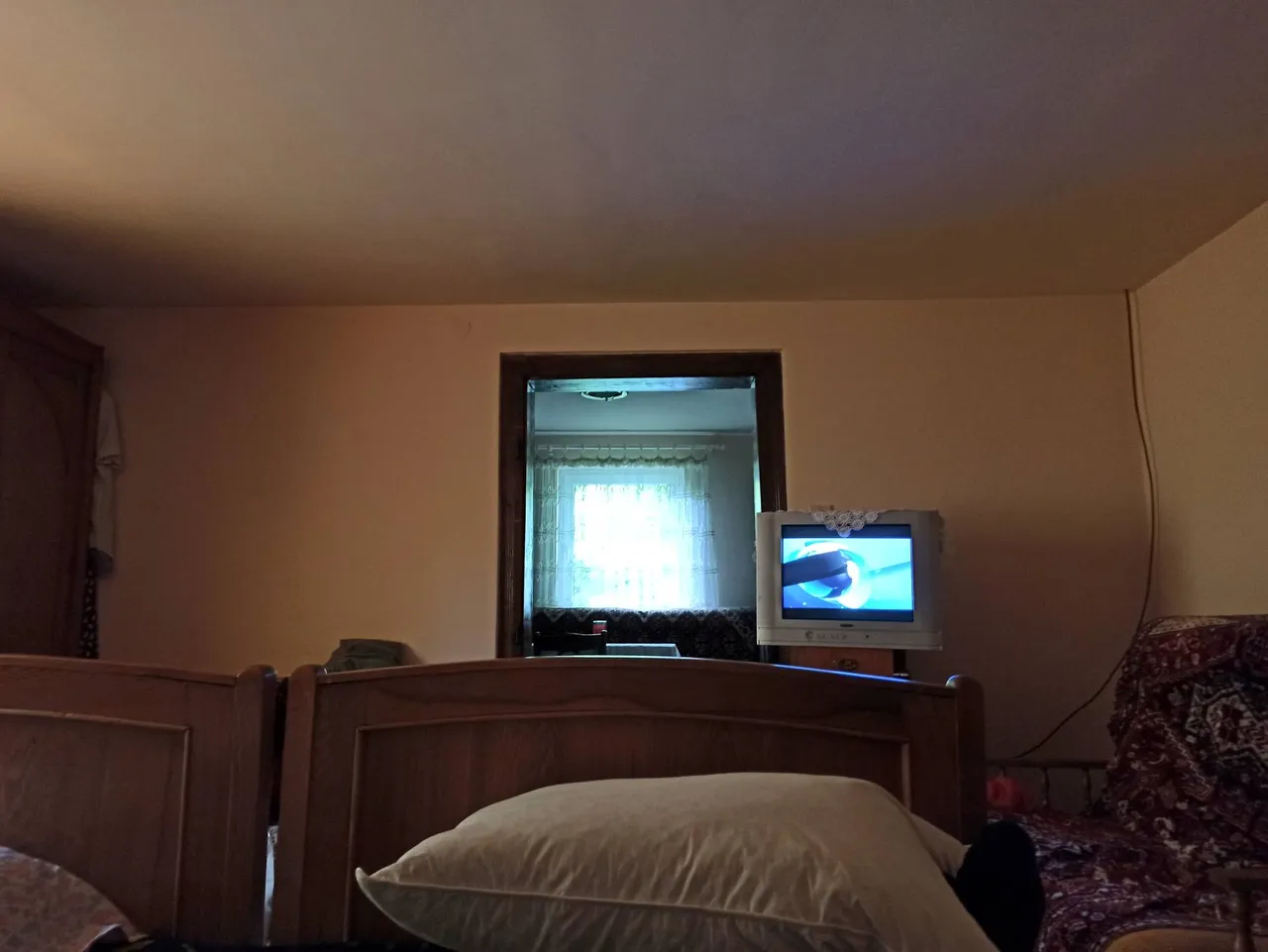
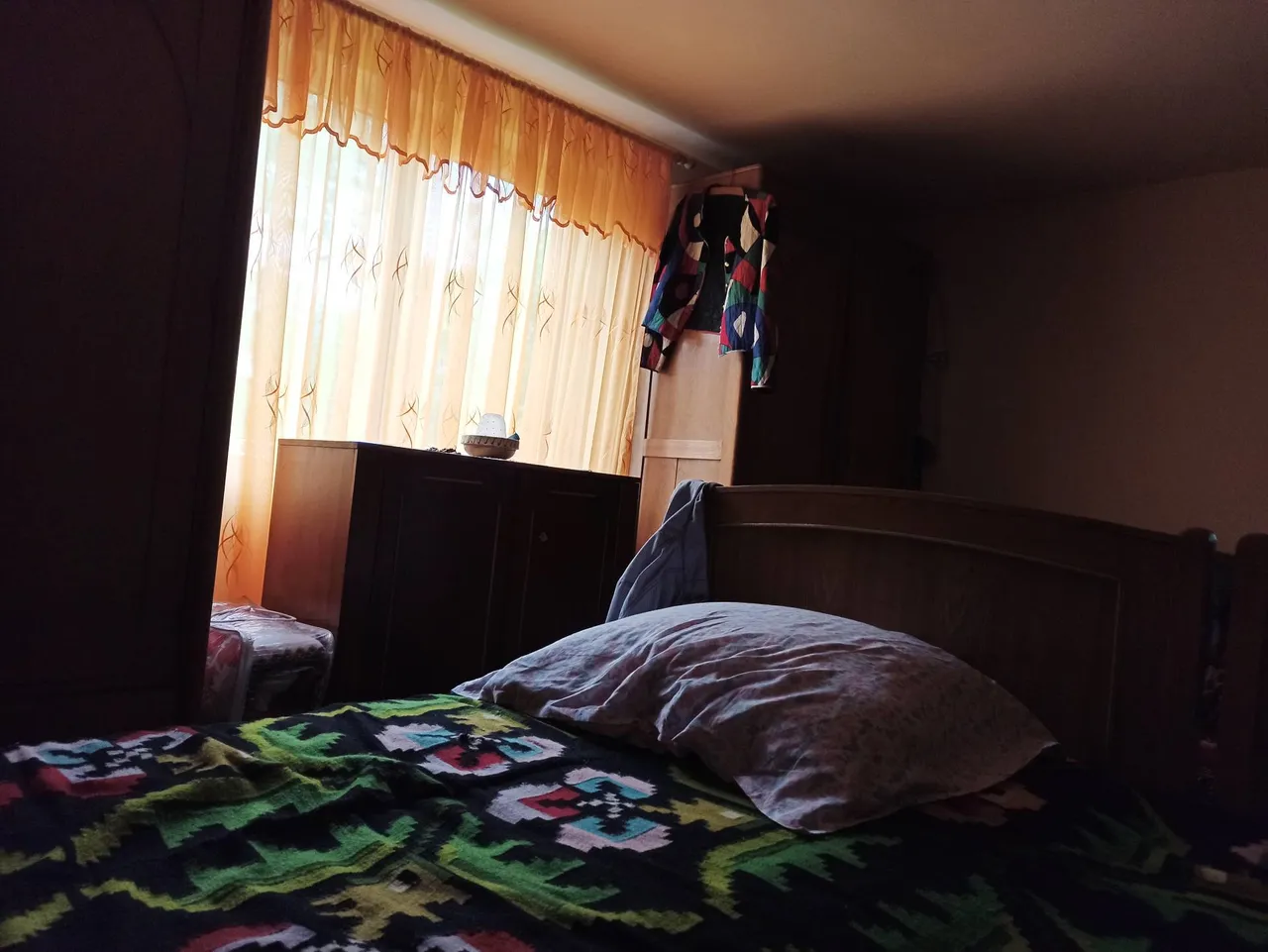
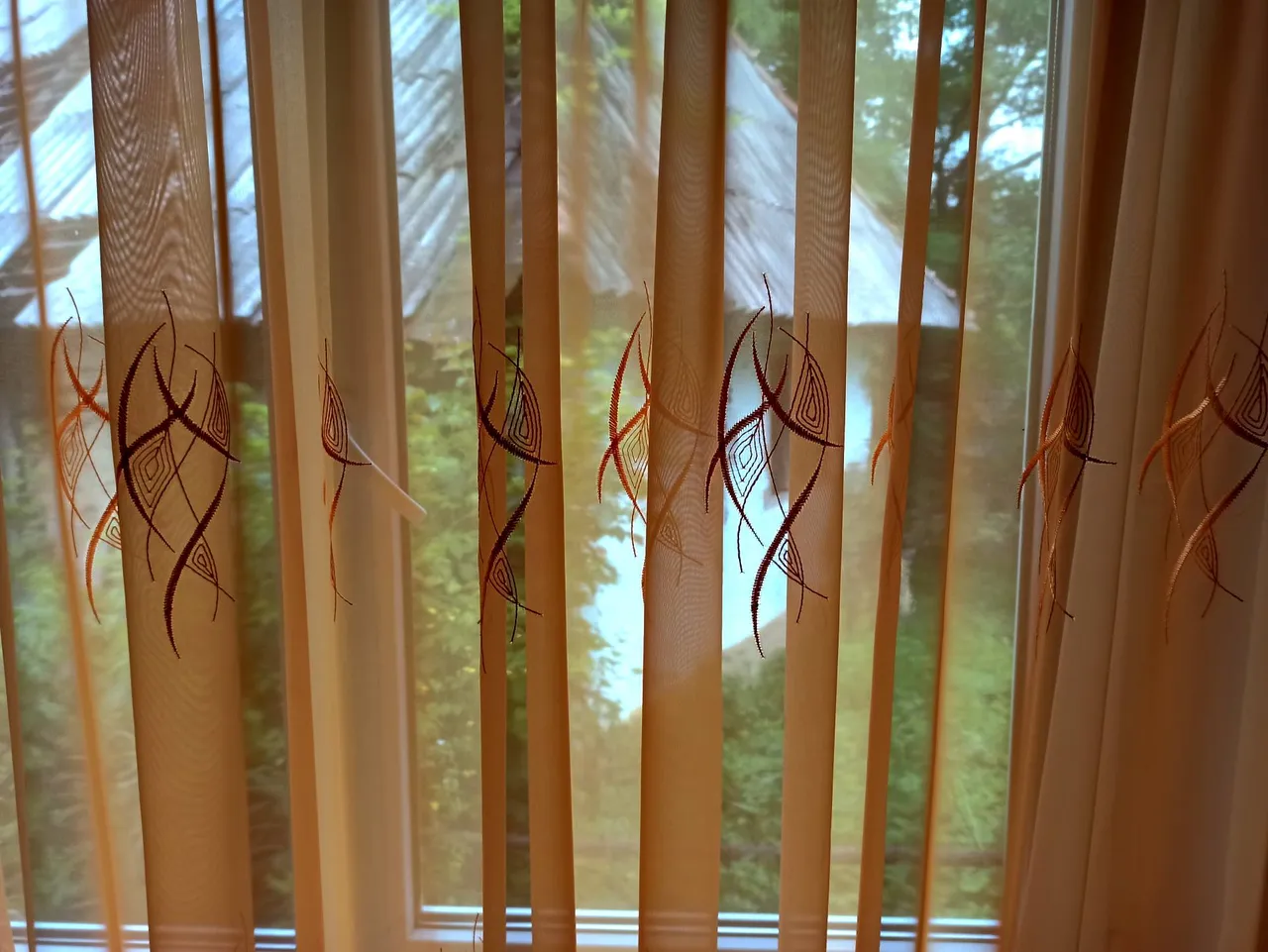

Life is not easy in the country, especially in this remote village in the middle of the woods. Now times have changed, life has improved. Many of the facilities that existed only in the cities have come here. Electricity, mobile phones, the internet... But not everyone needs them. My wife's relatives prefer to live traditionally. First, a glass of horinca and then off to work...
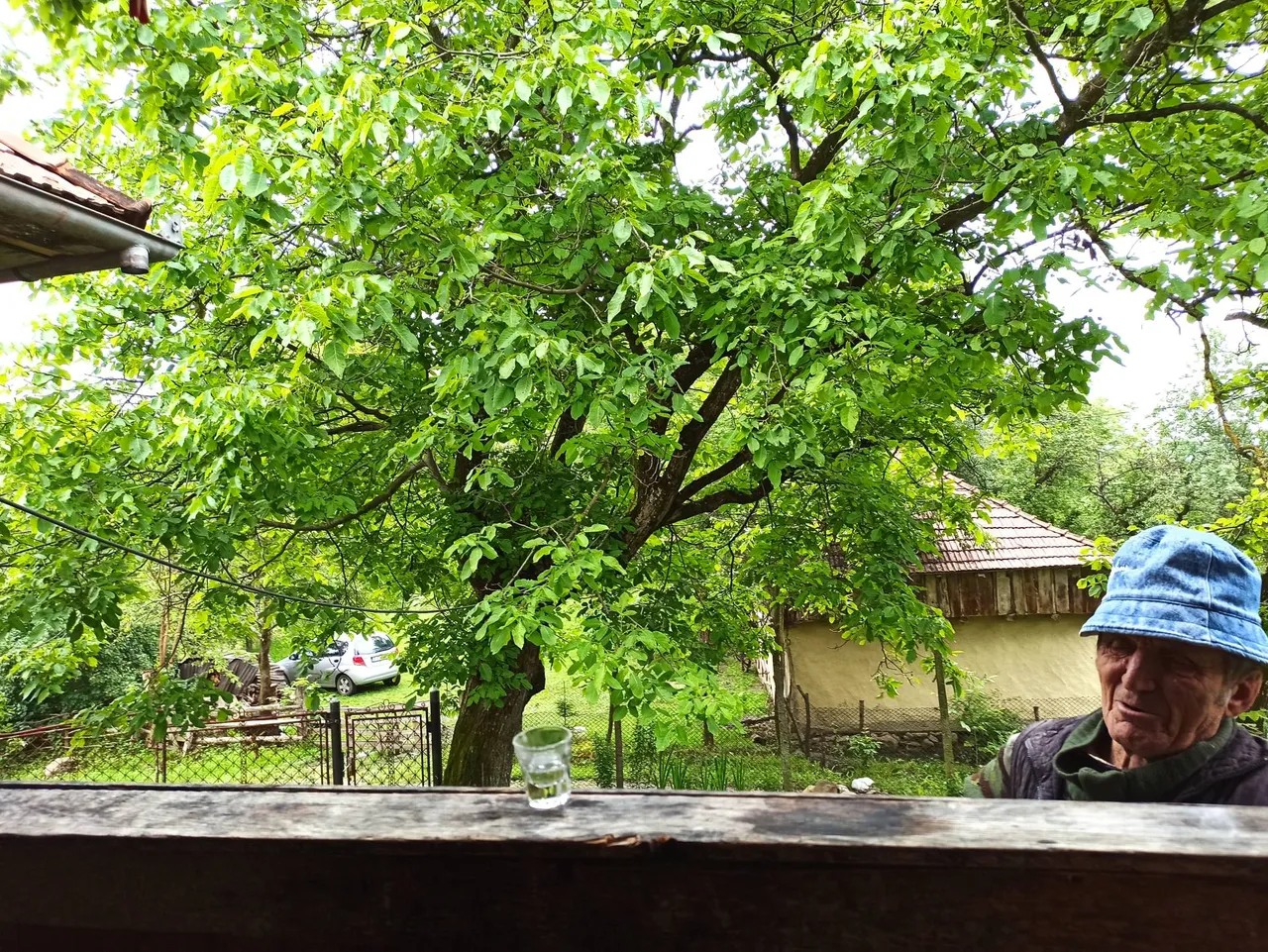
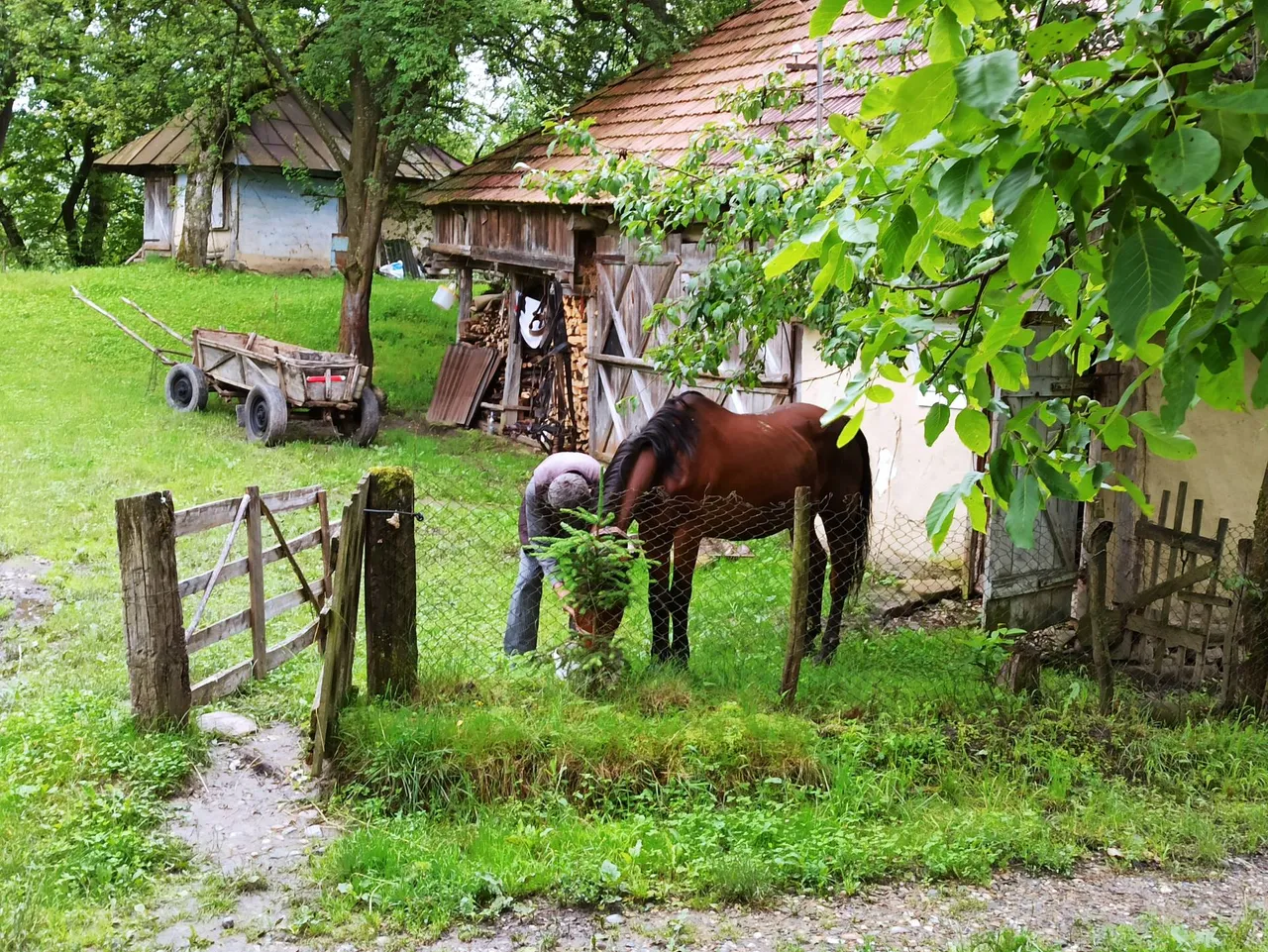
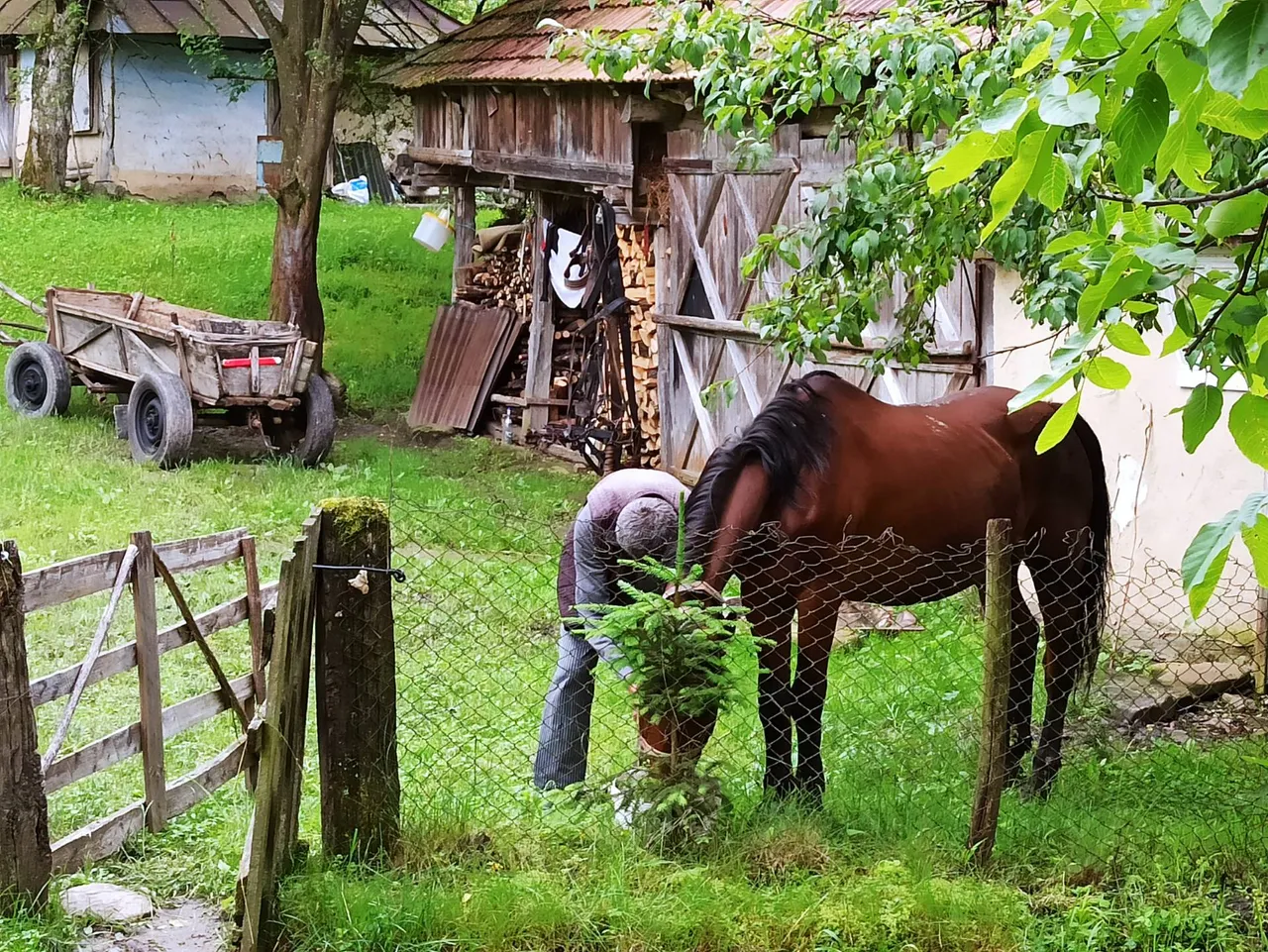
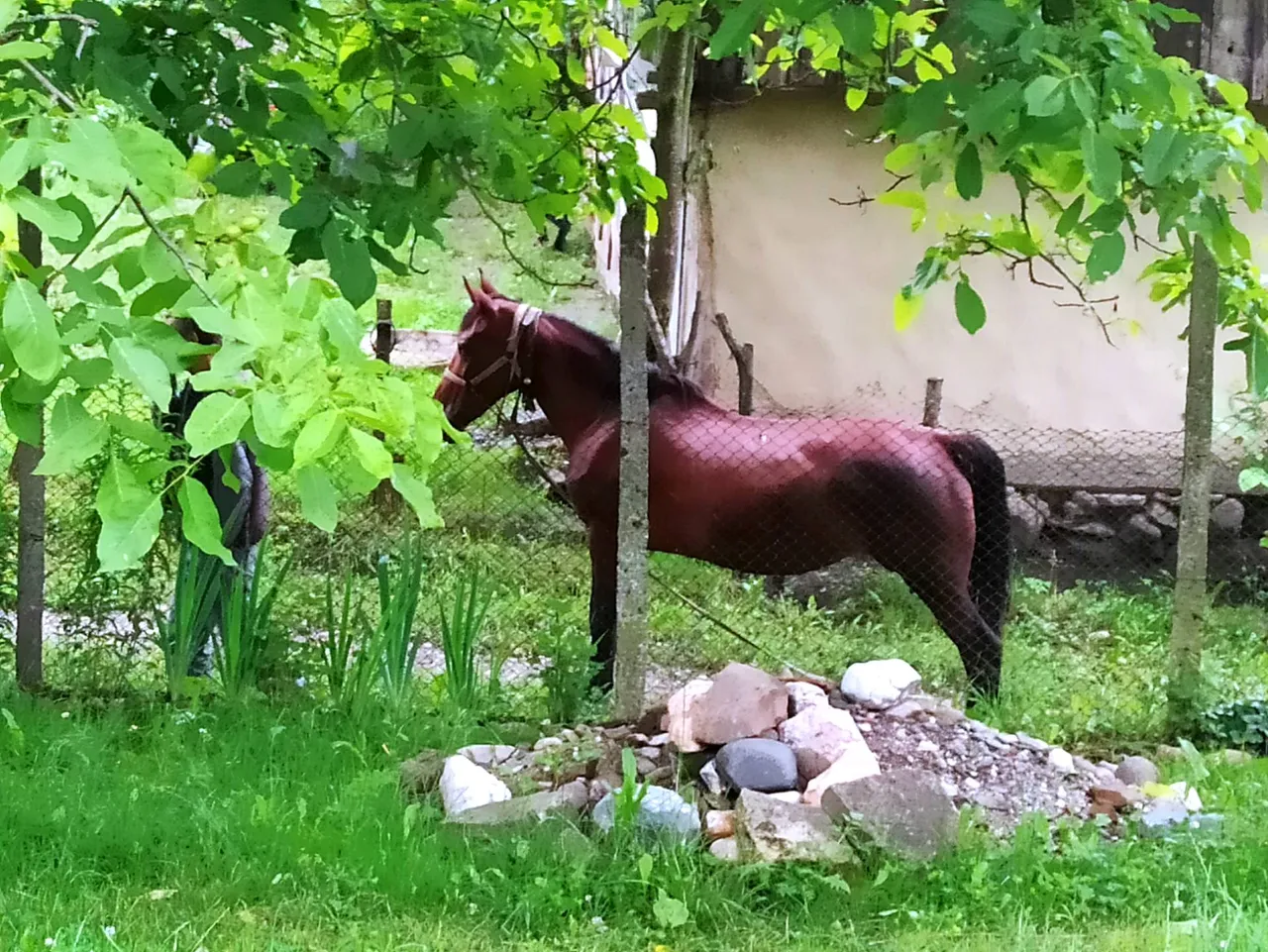
In the country, people work from morning till night. Not by the clock, they go by the sun. From sunrise to sunset. With lunch breaks, of course. The wood they use for heating in winter has to be gathered, repairs have to be made.
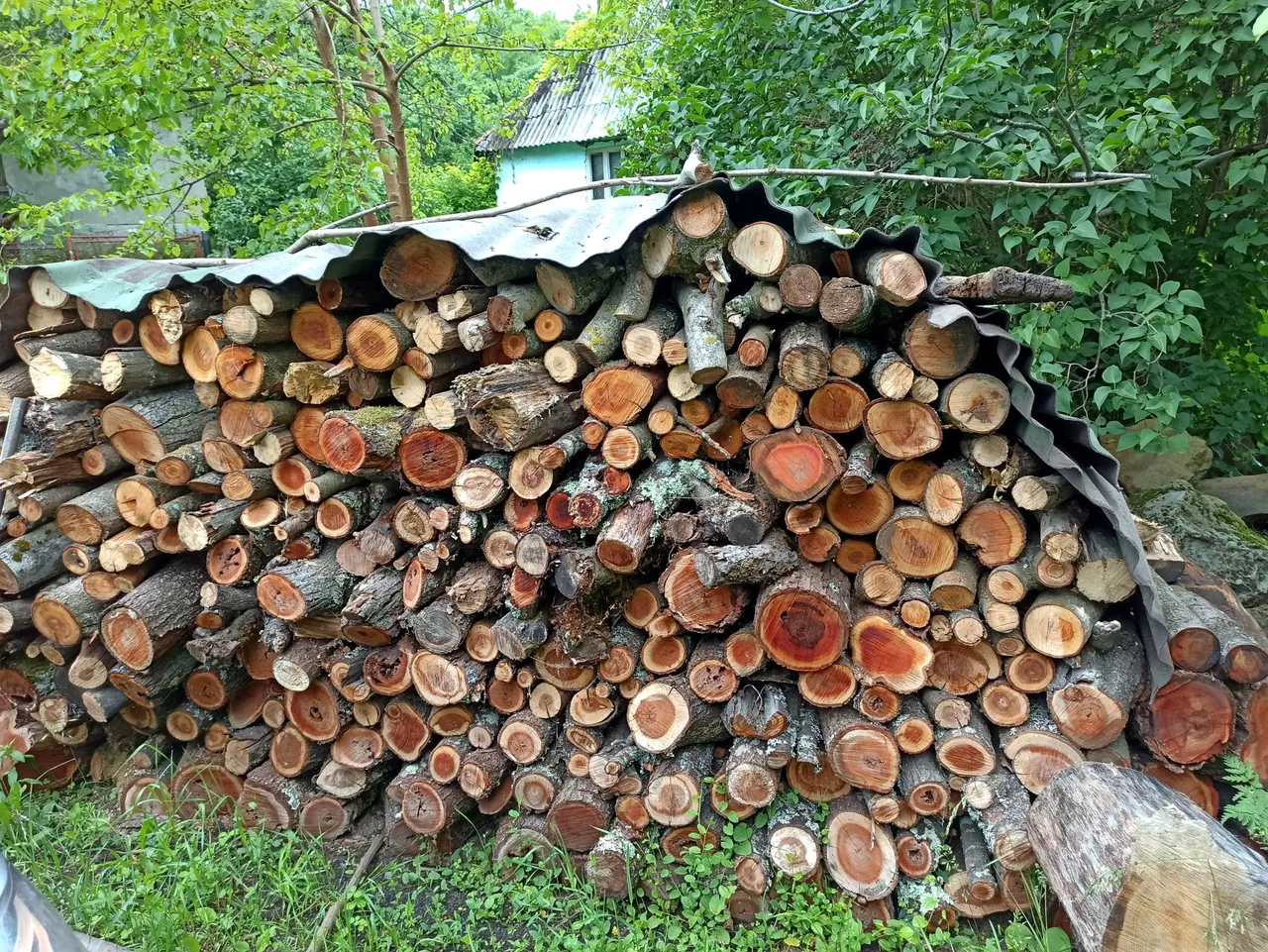
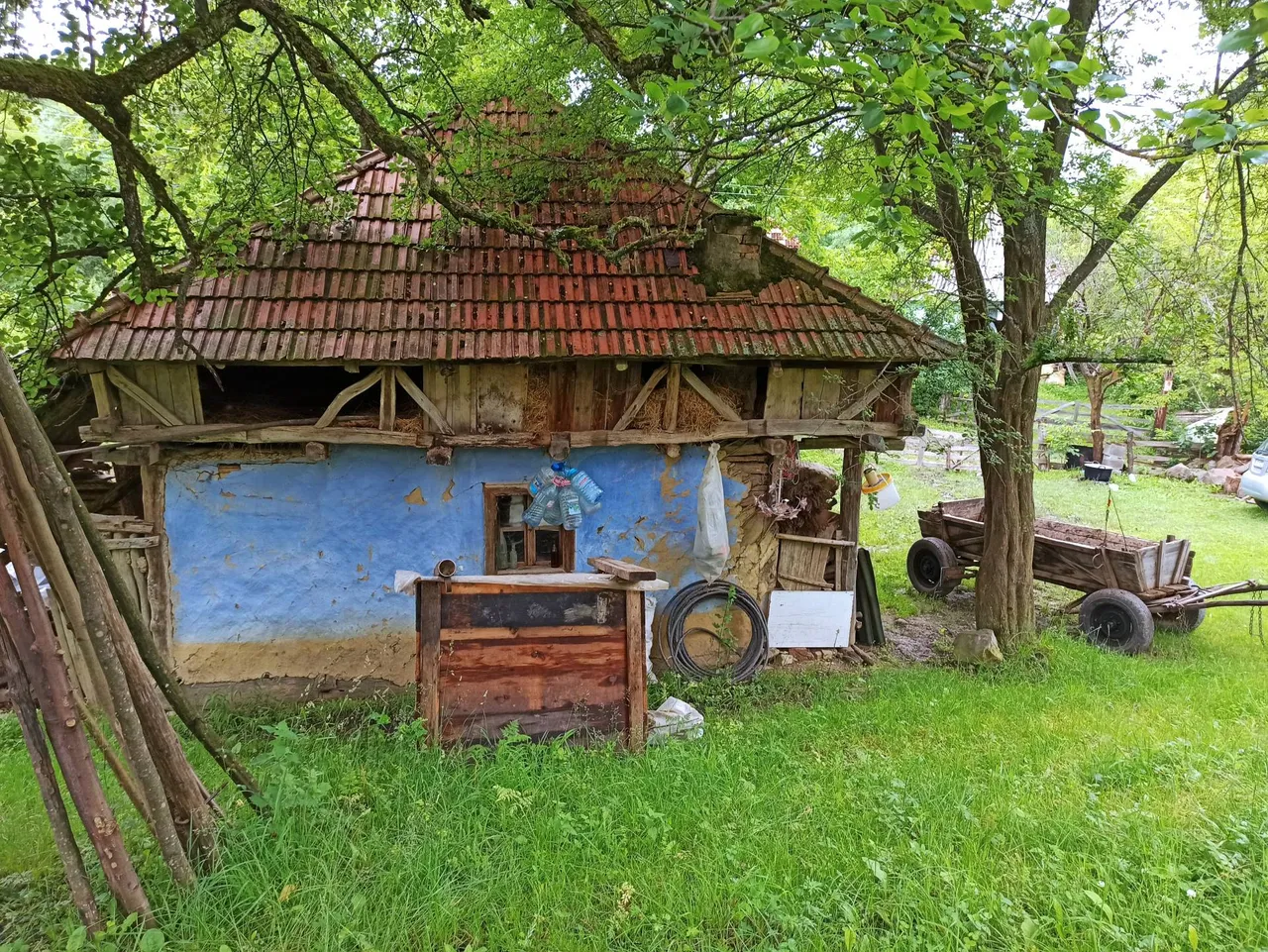
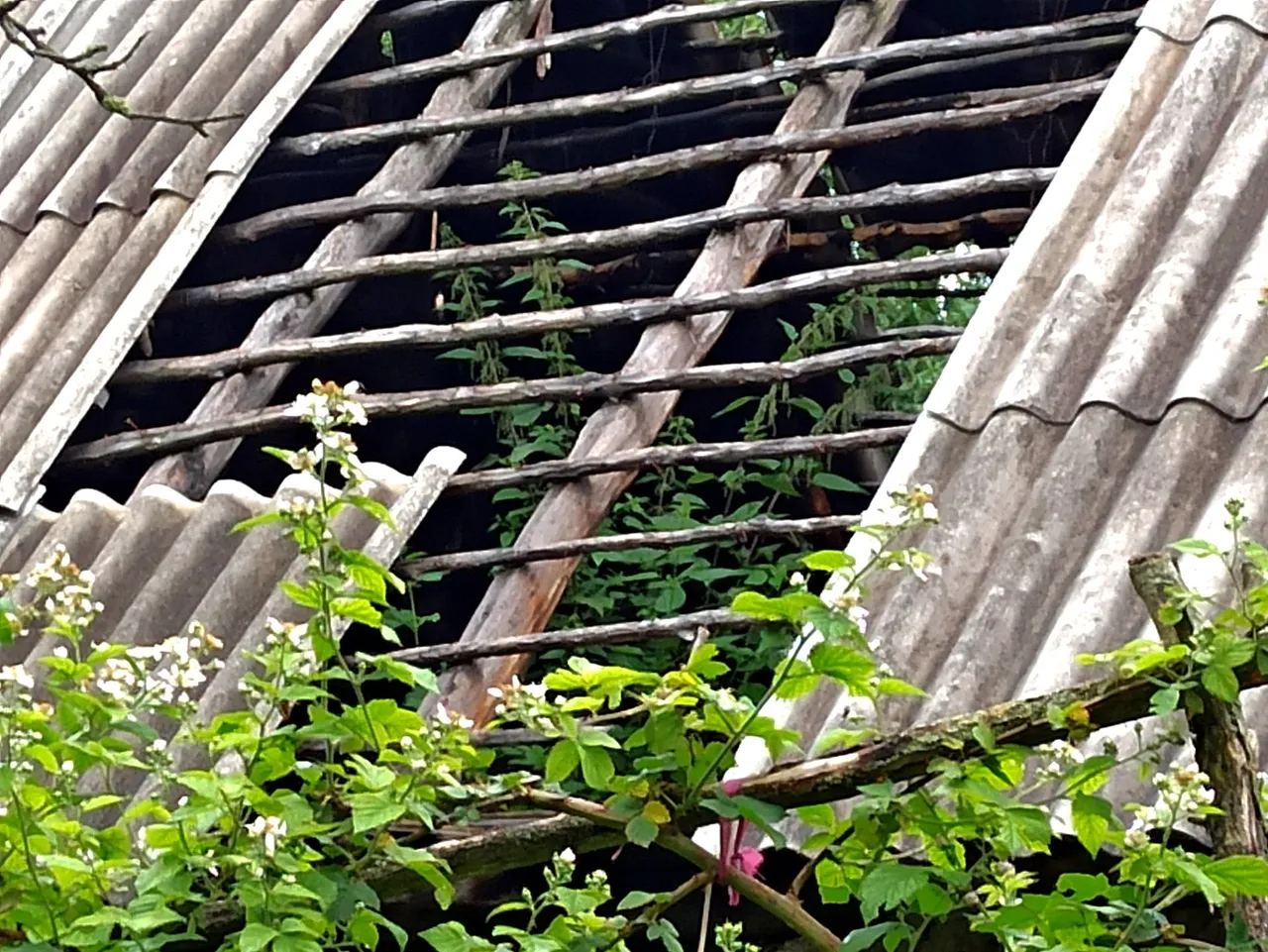
Apart from the beautiful nature that steals you away from the first moment you arrive in the village, I'm also attracted more by houses. Either inhabited and cared for houses or long-abandoned houses, almost buried in greenery. These abandoned houses belonged to those who left the village with the collectivization, in the 50s of the last century. They left and never came back.
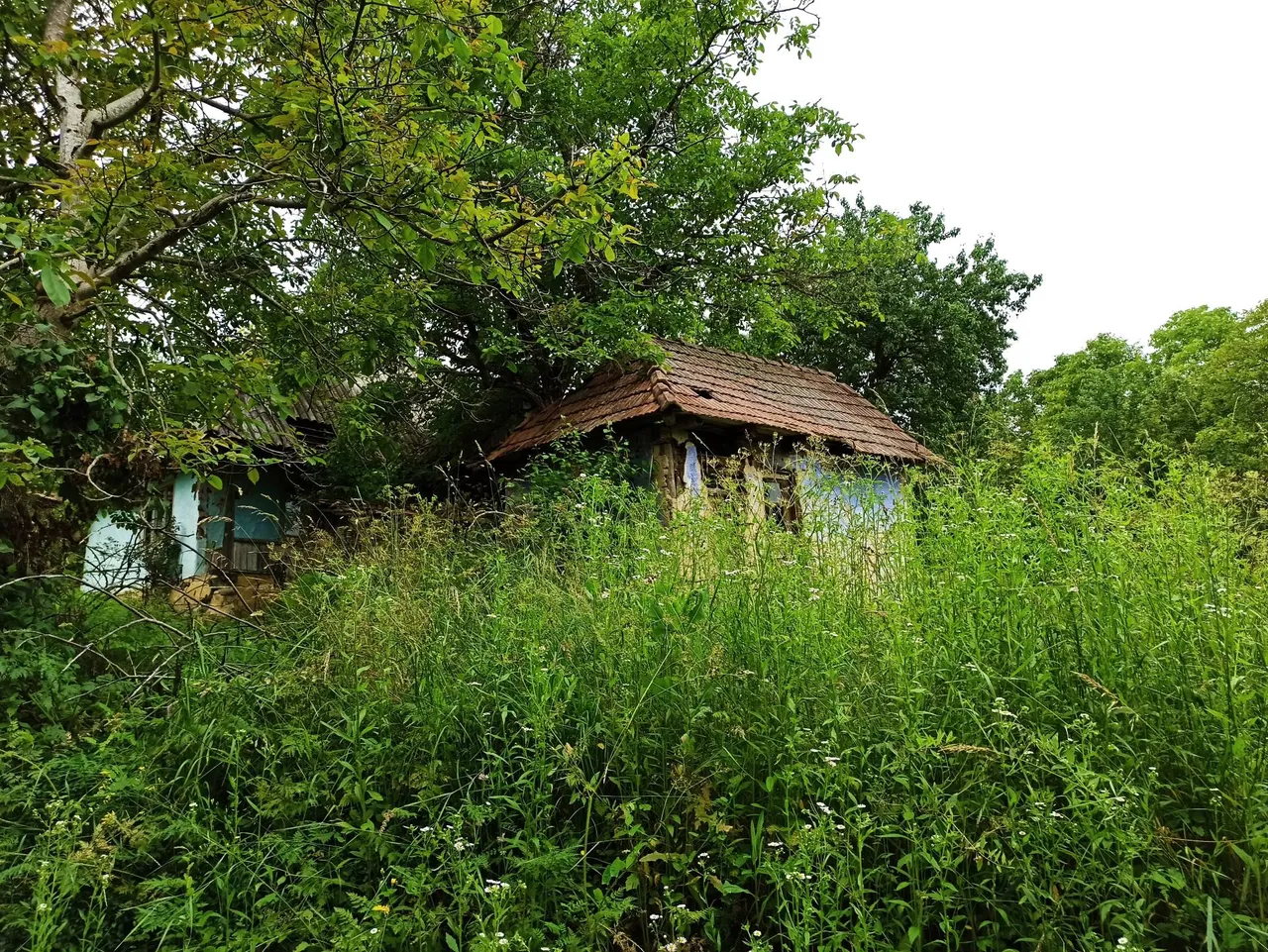
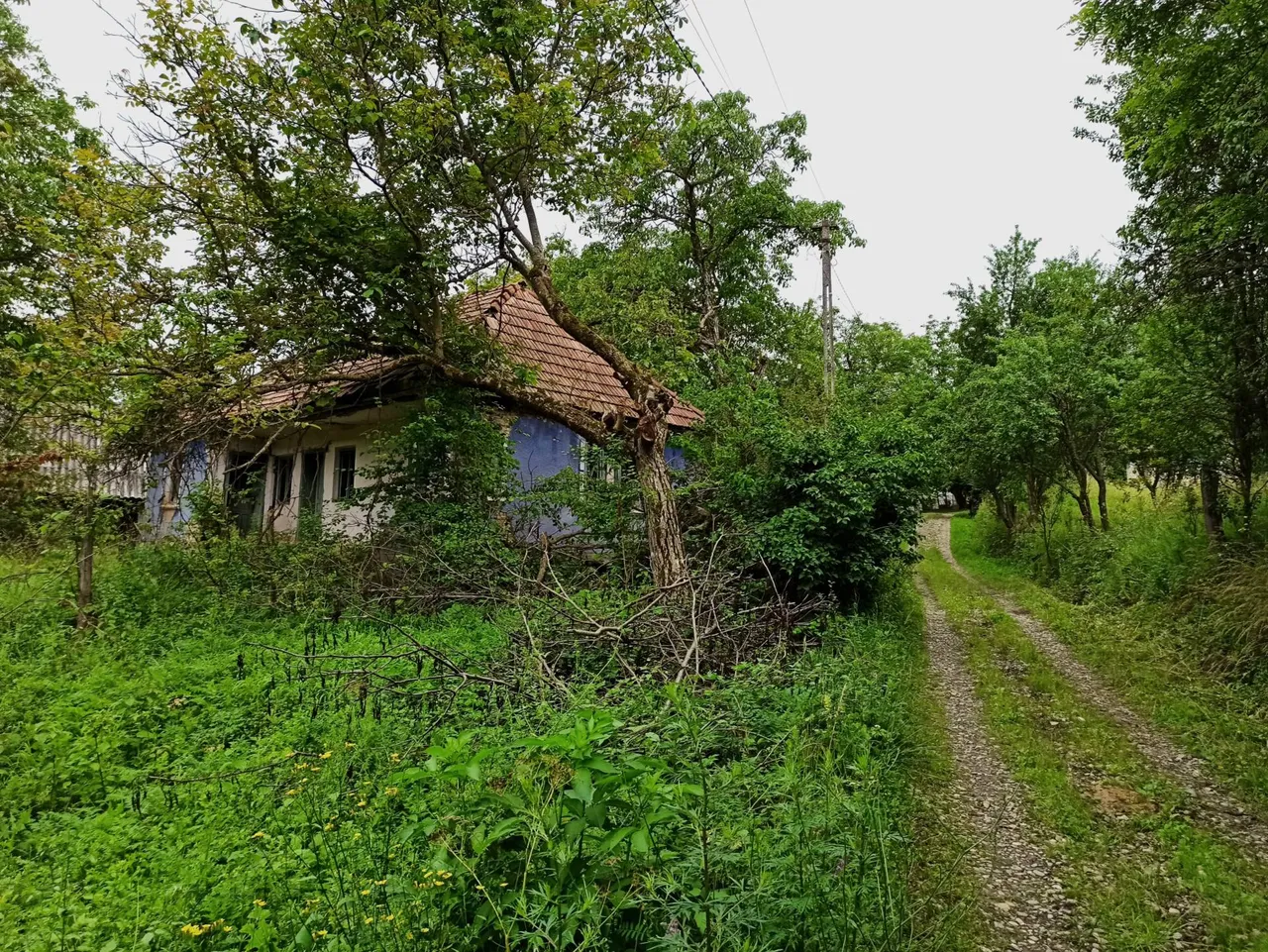
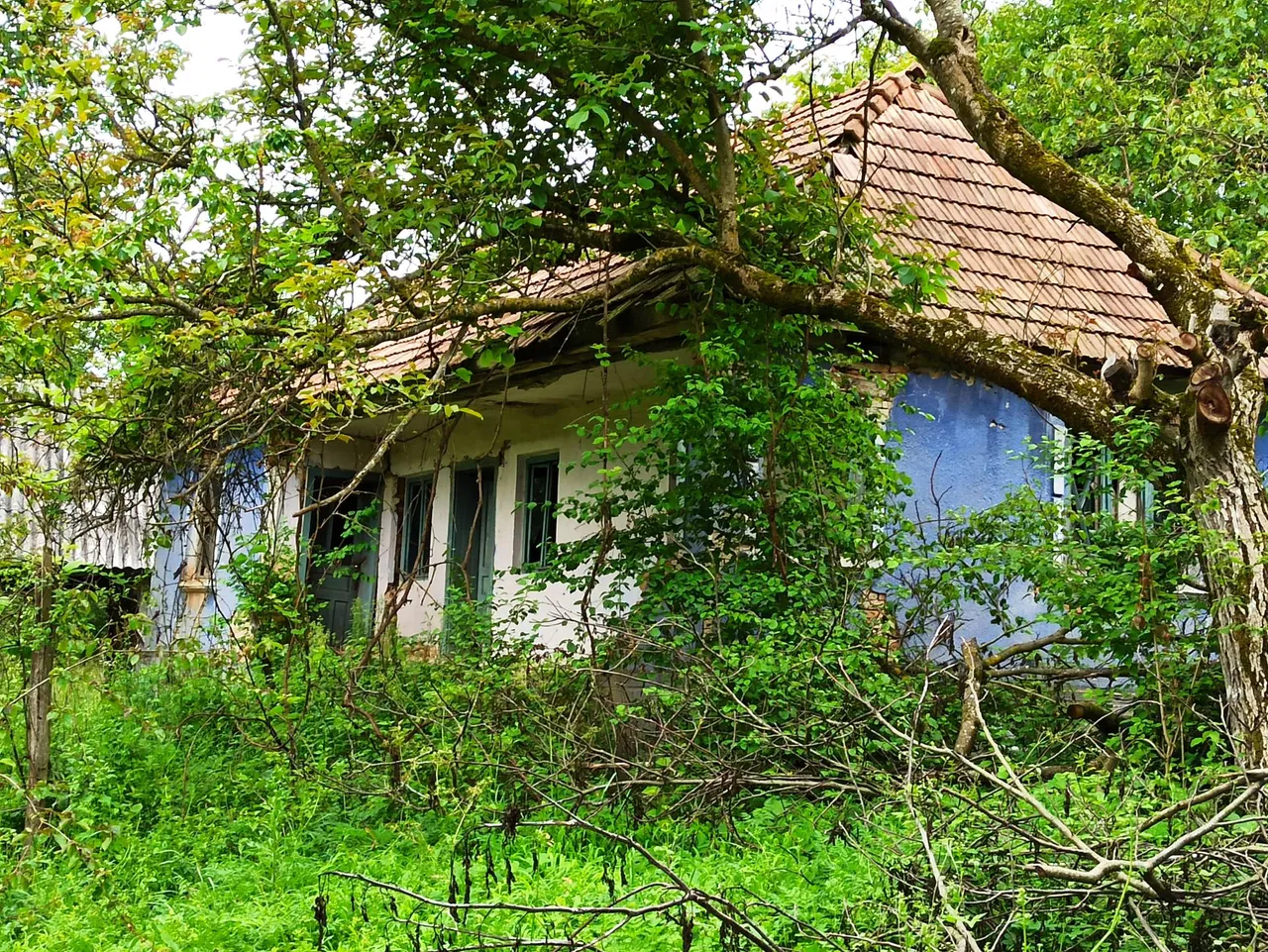
These houses are inhabited. Here live the descendants of those who left or people who have recently settled in the village and have bought old houses and renovated them.
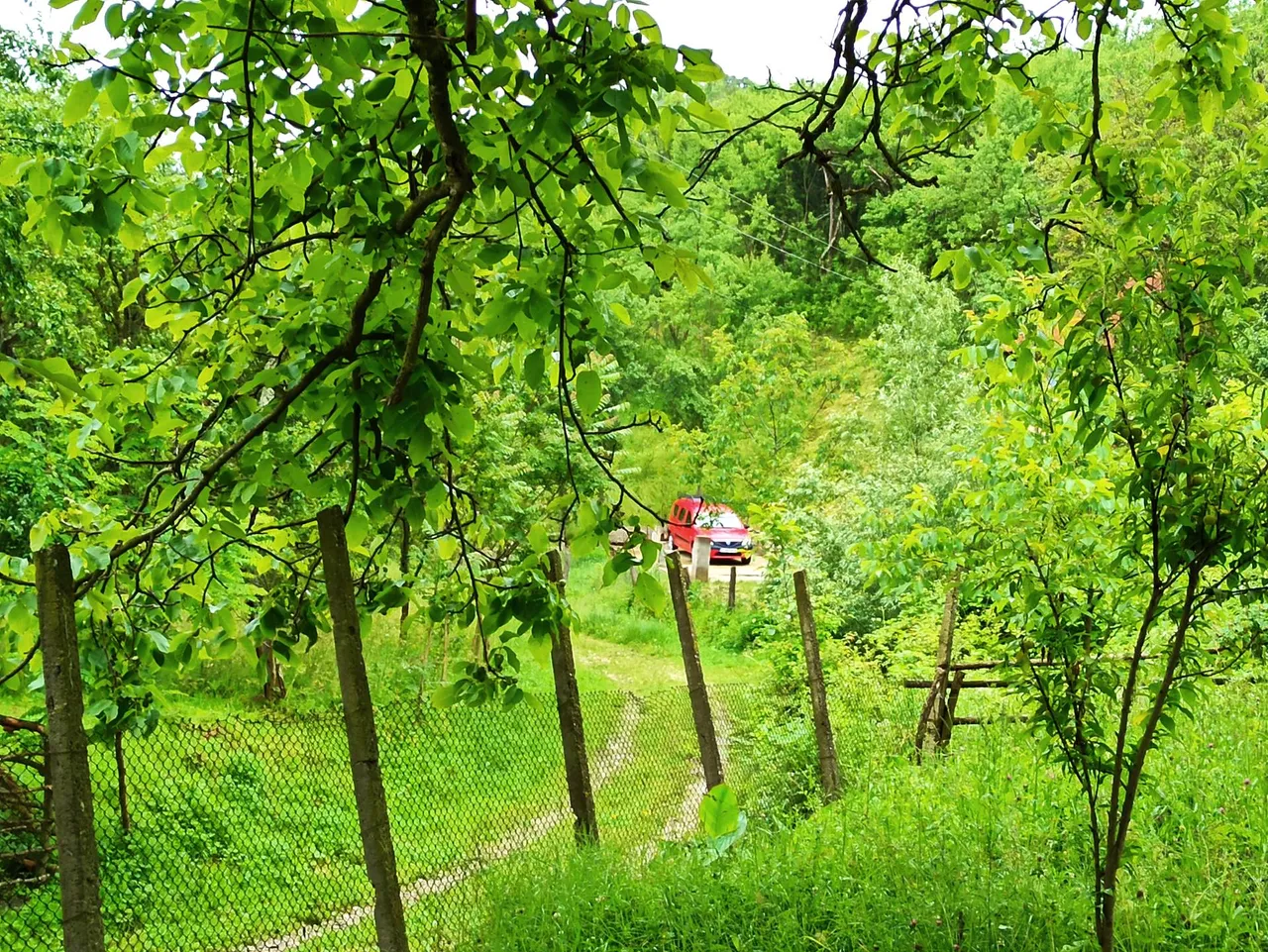
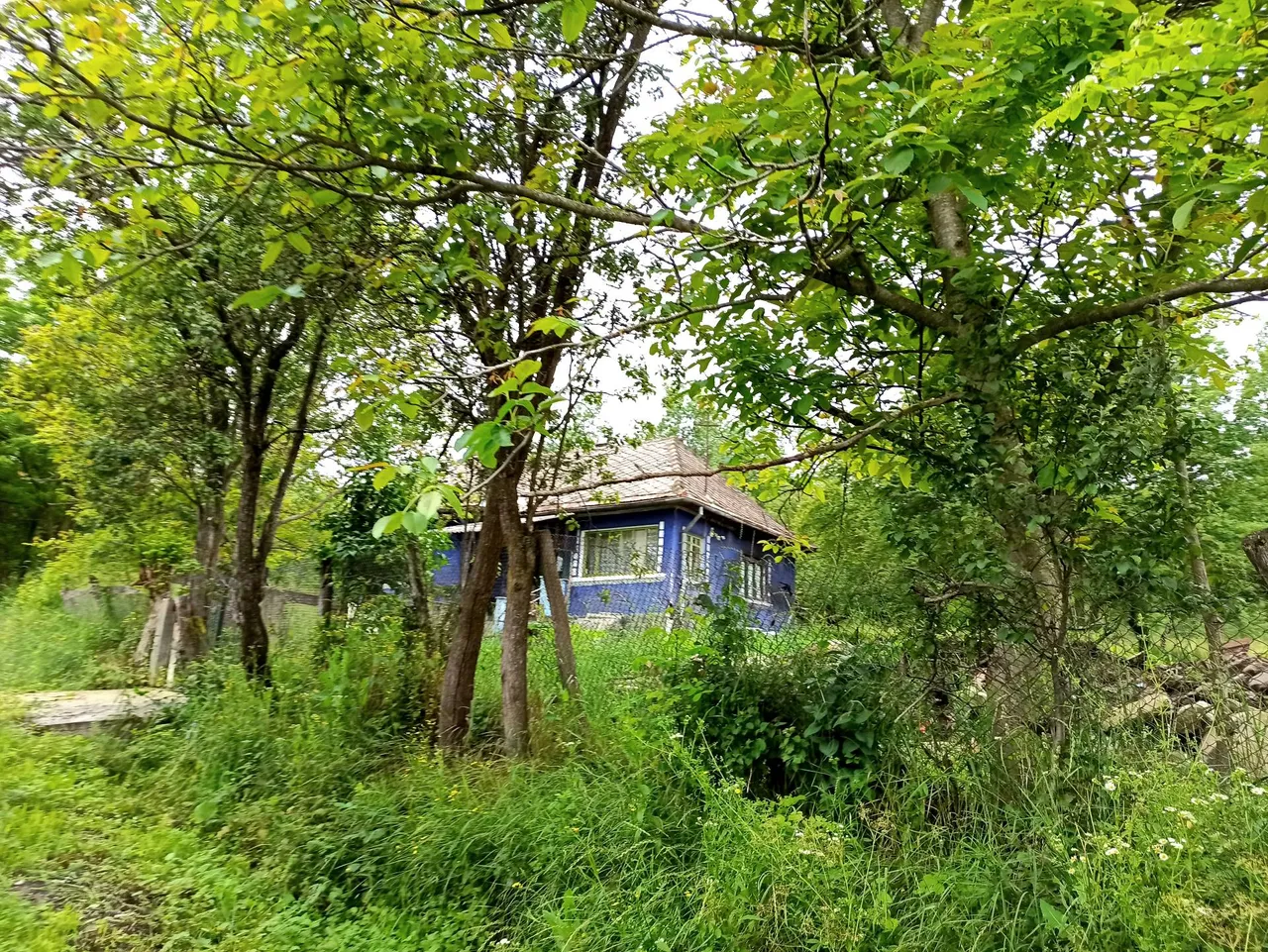
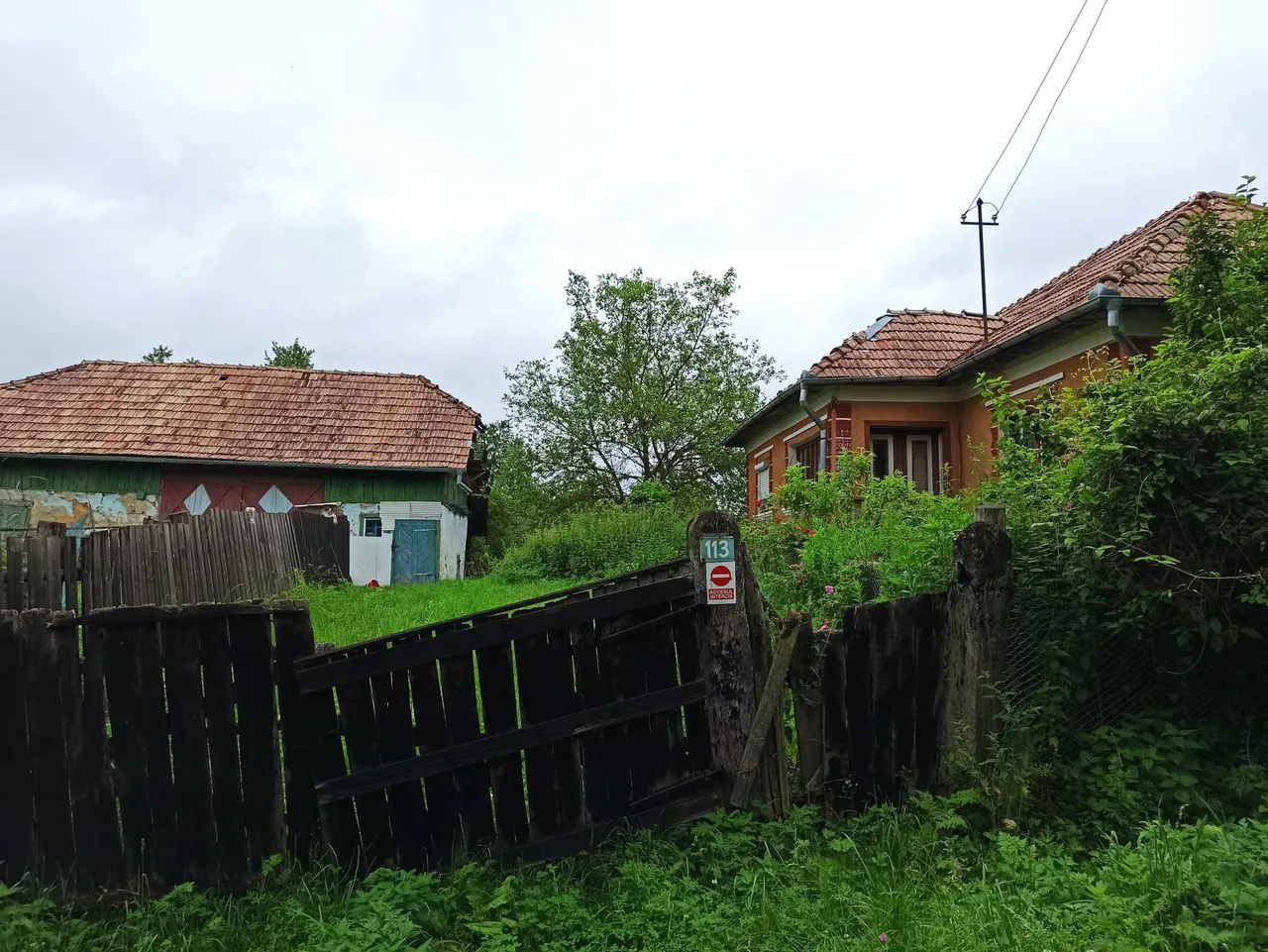
I also saw flowers in the village. The wild ones, in the gardens and in the fields...
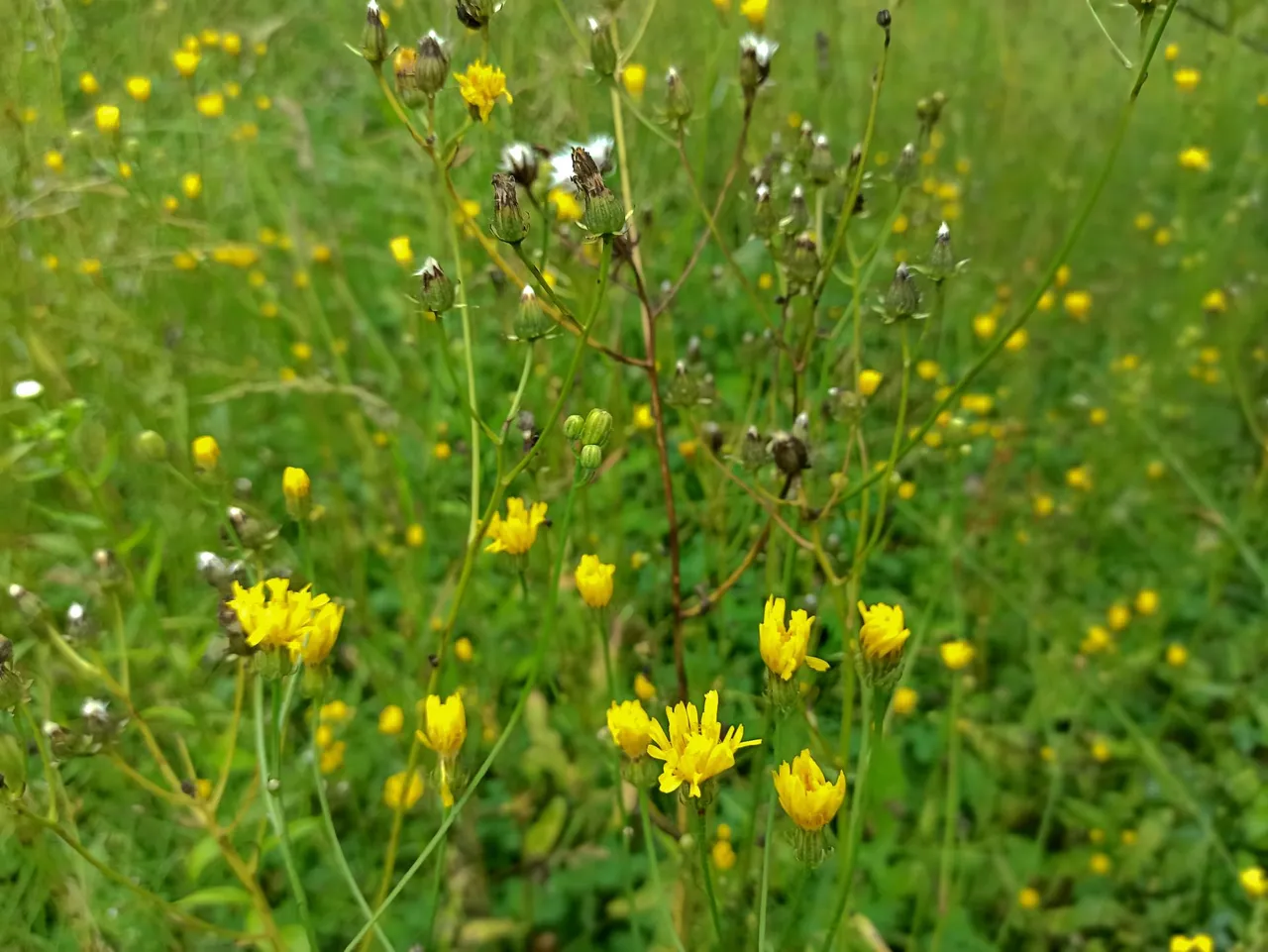
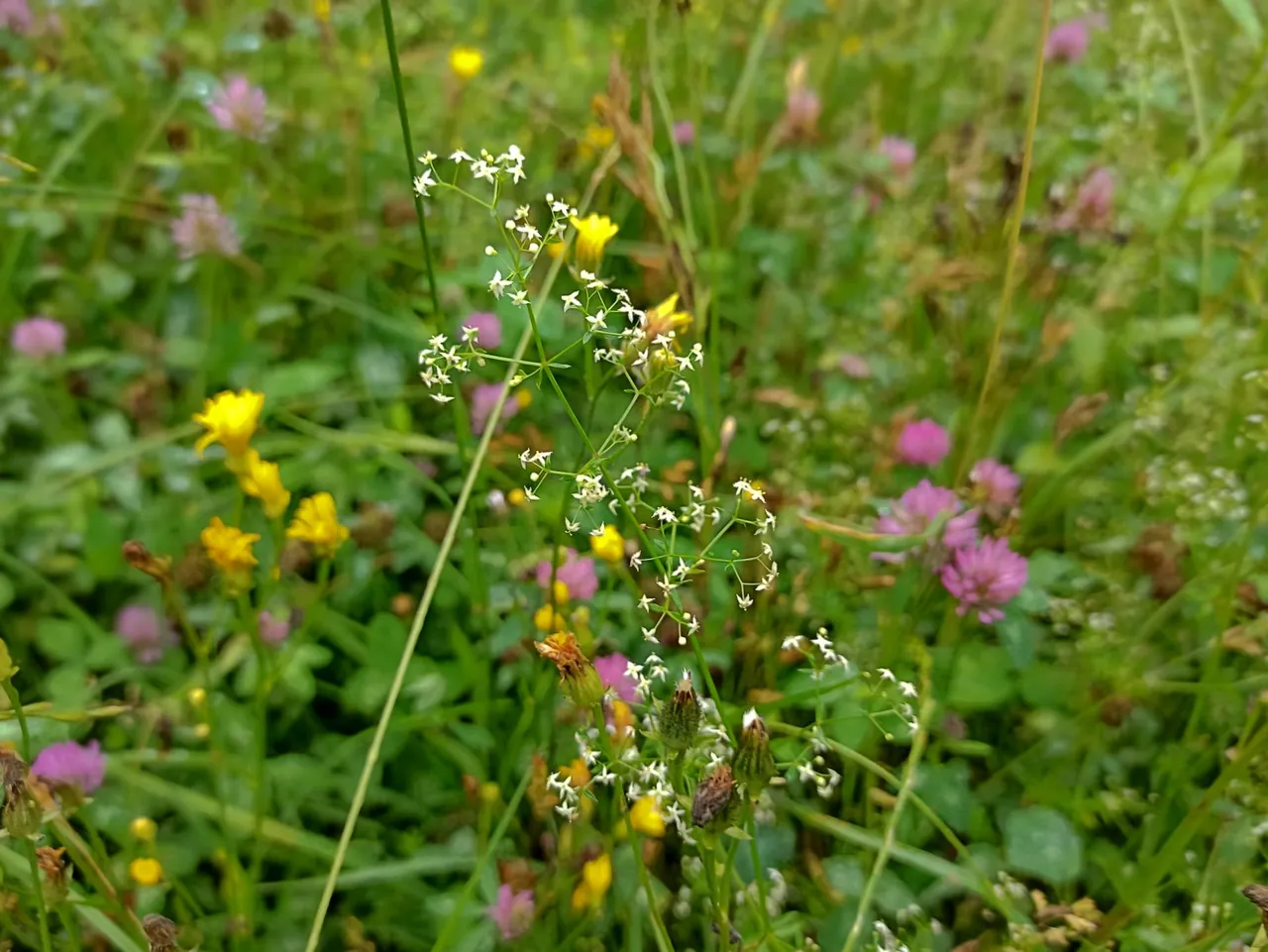
... and cultivated flowers, next to houses.
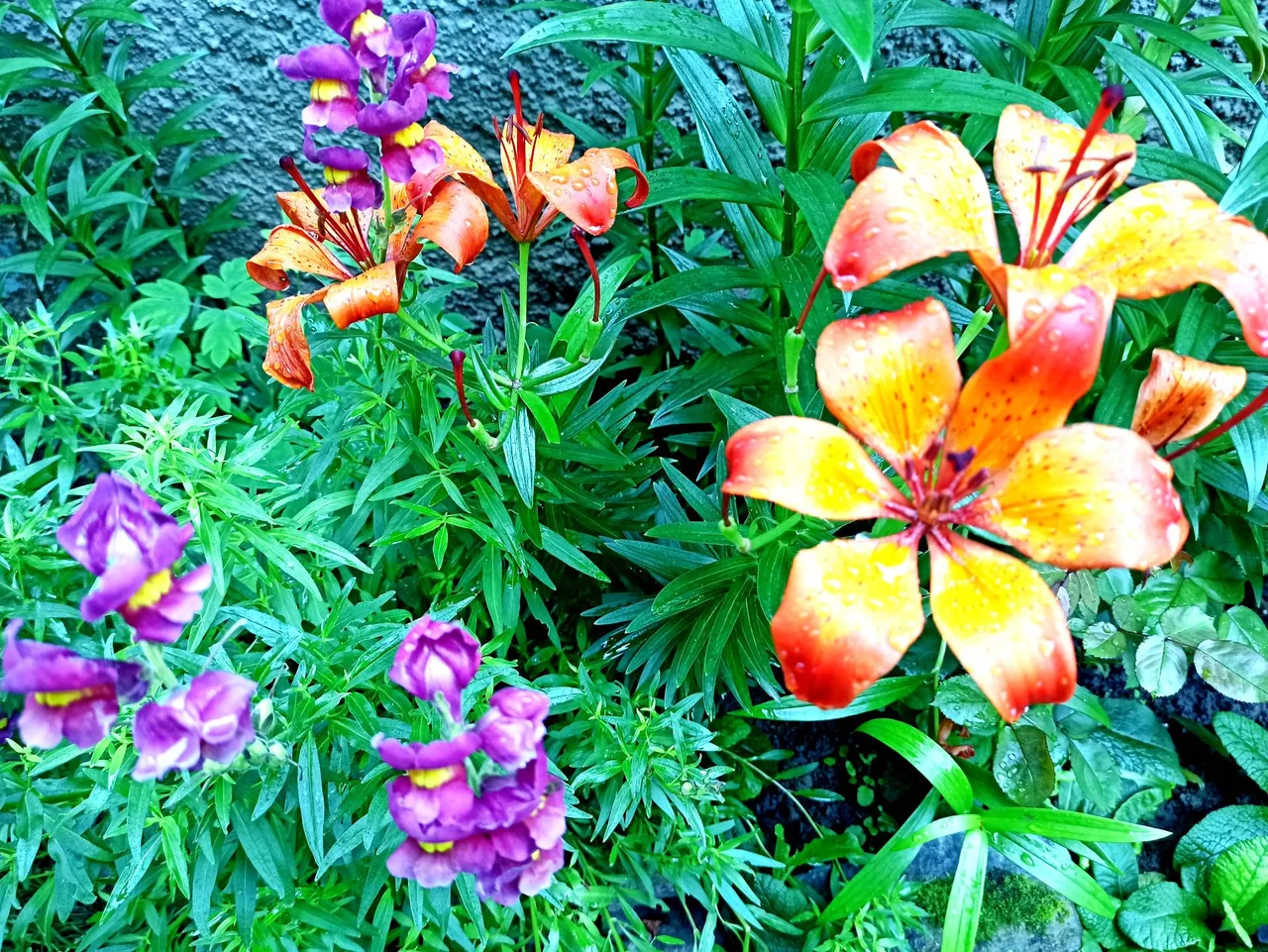
It's hard to choose which are more beautiful.
We had a trip back in time, in a village lost in the middle of nature, a village forgotten by time, a village where there are still old houses from the beginning of the last century. Even if many of them are in a bad condition, they still keep the beauty of the past and let us imagine how people lived in that time. A village quite visited by tourists looking for originality, wild nature and welcoming people!

